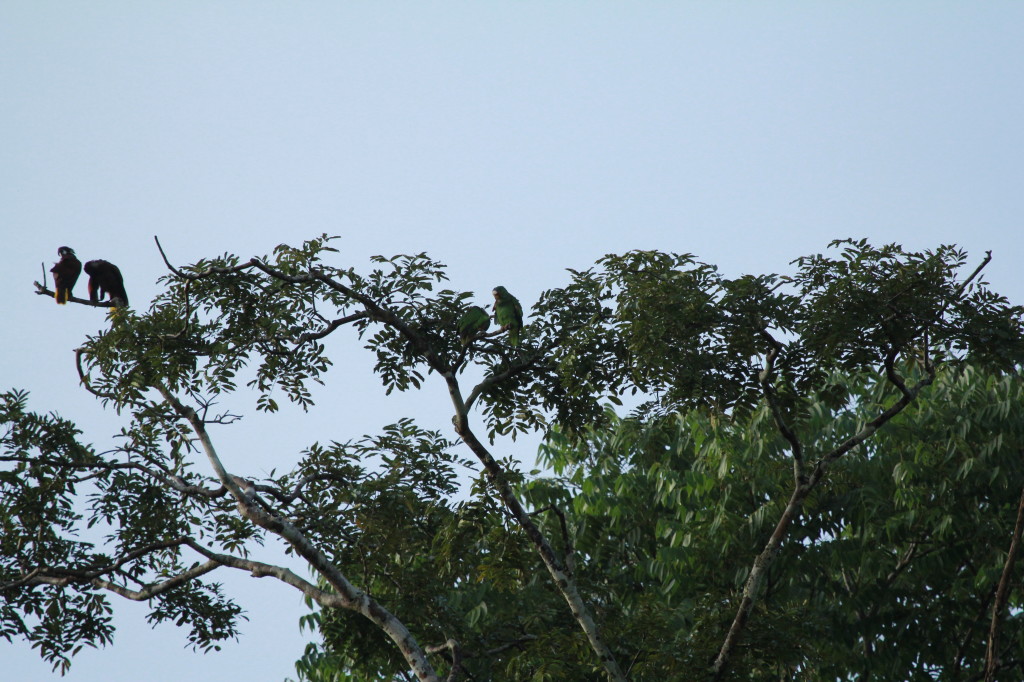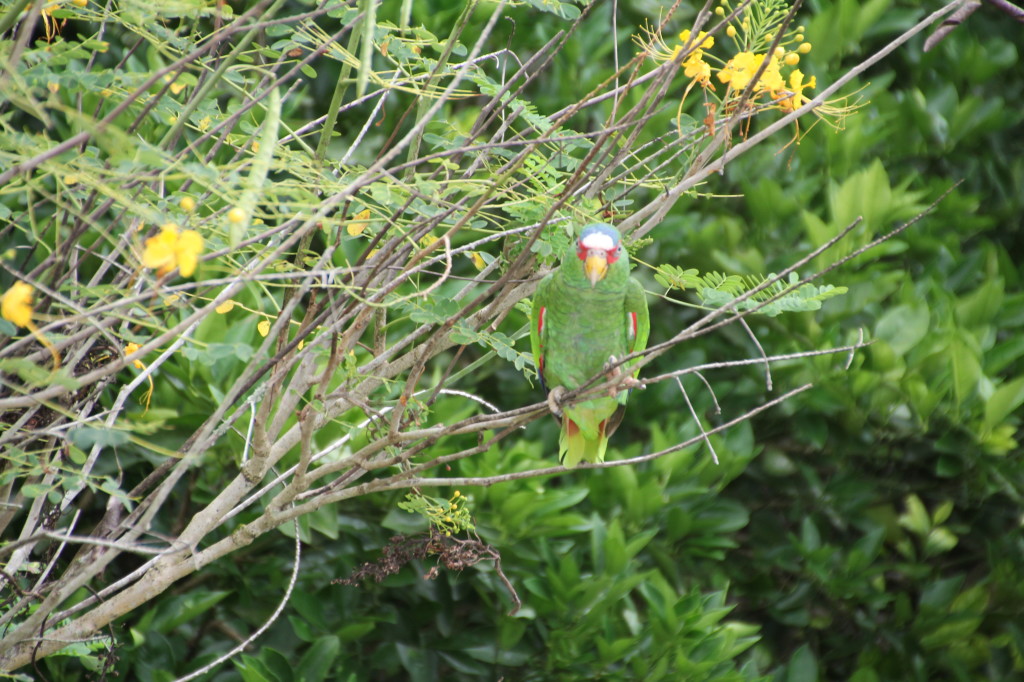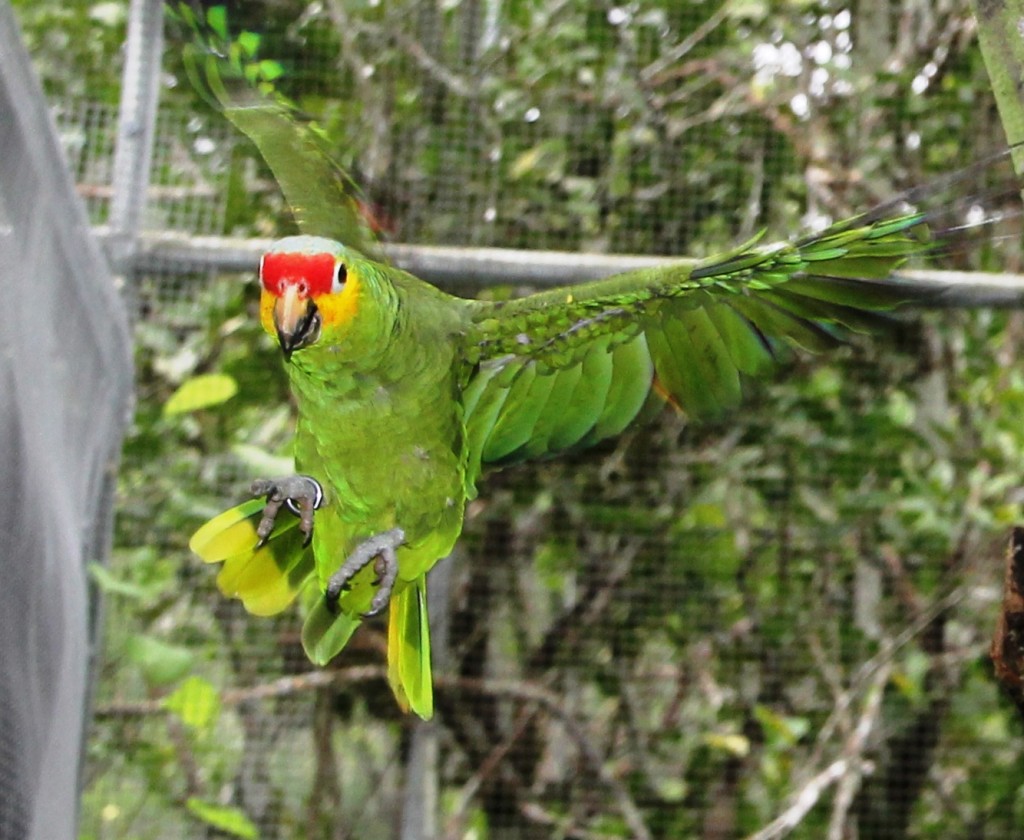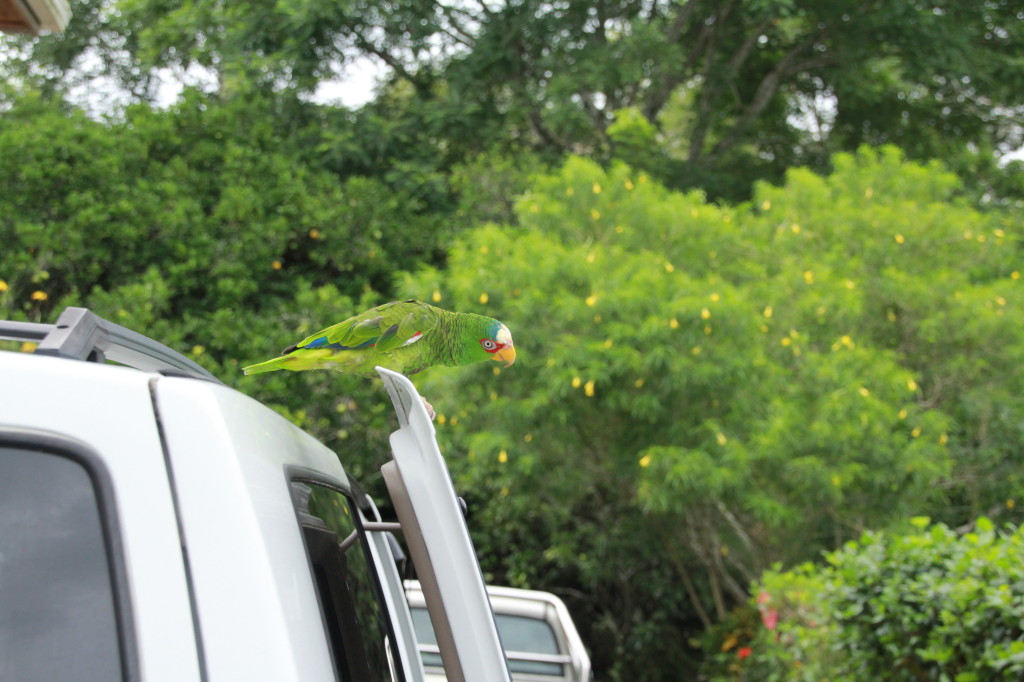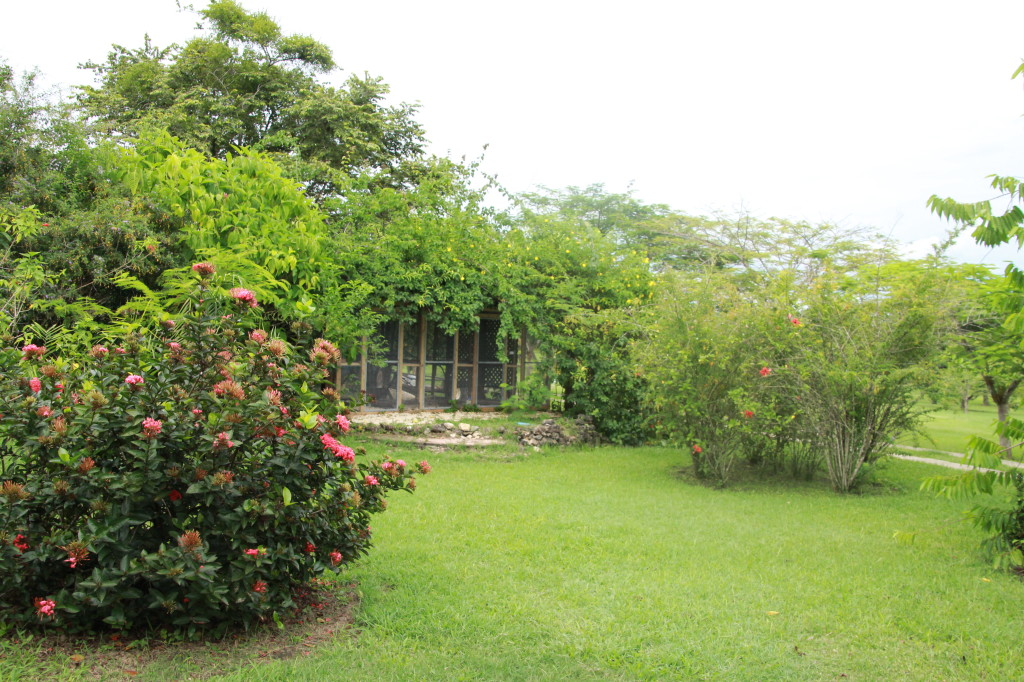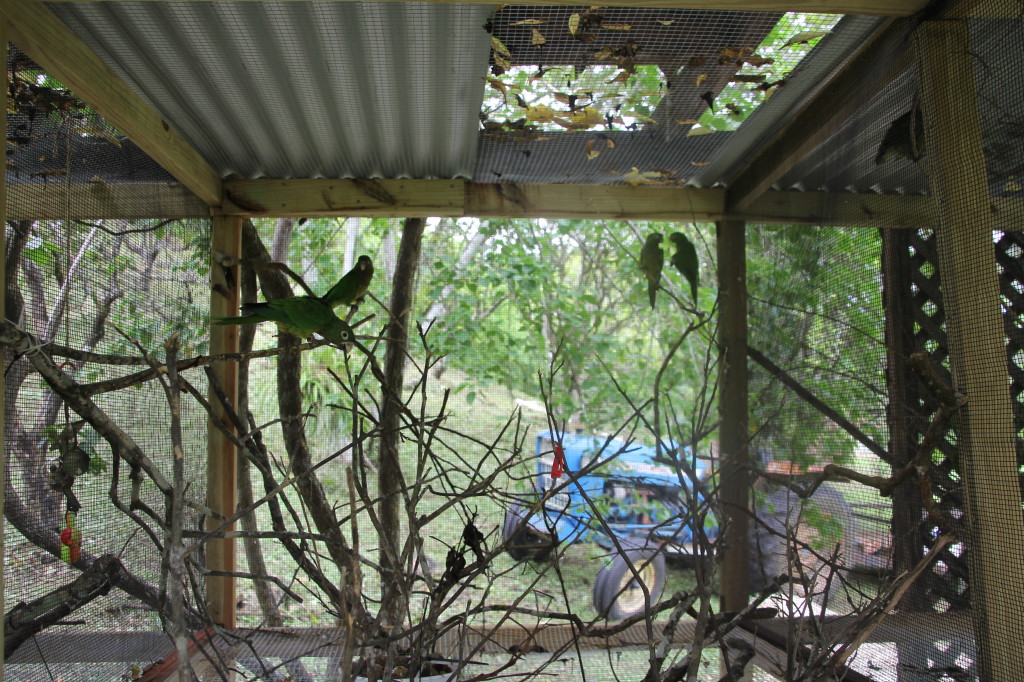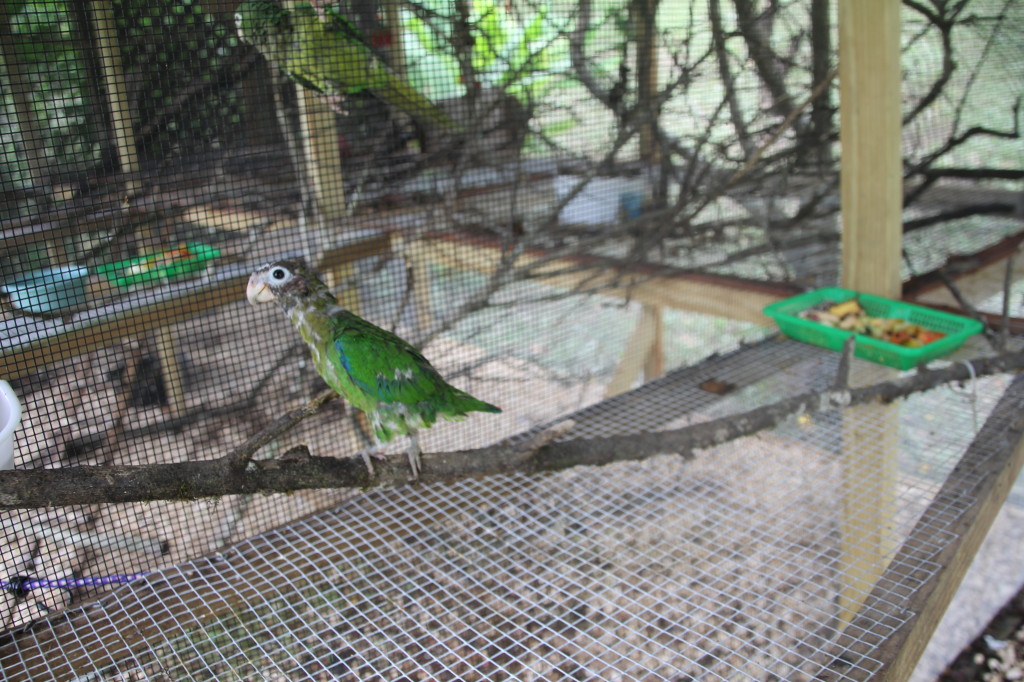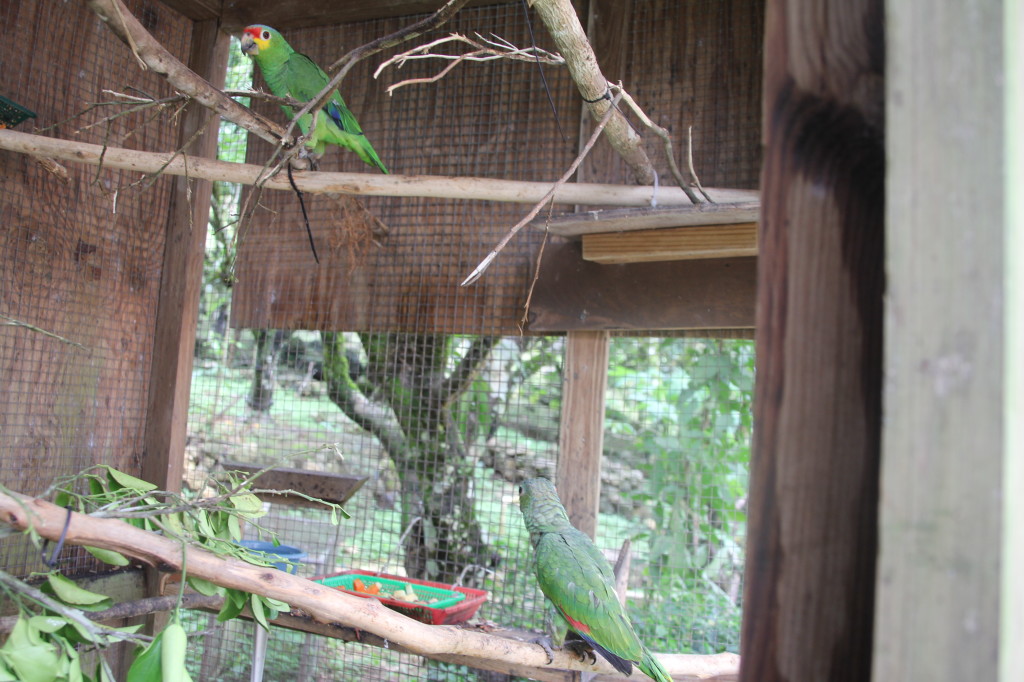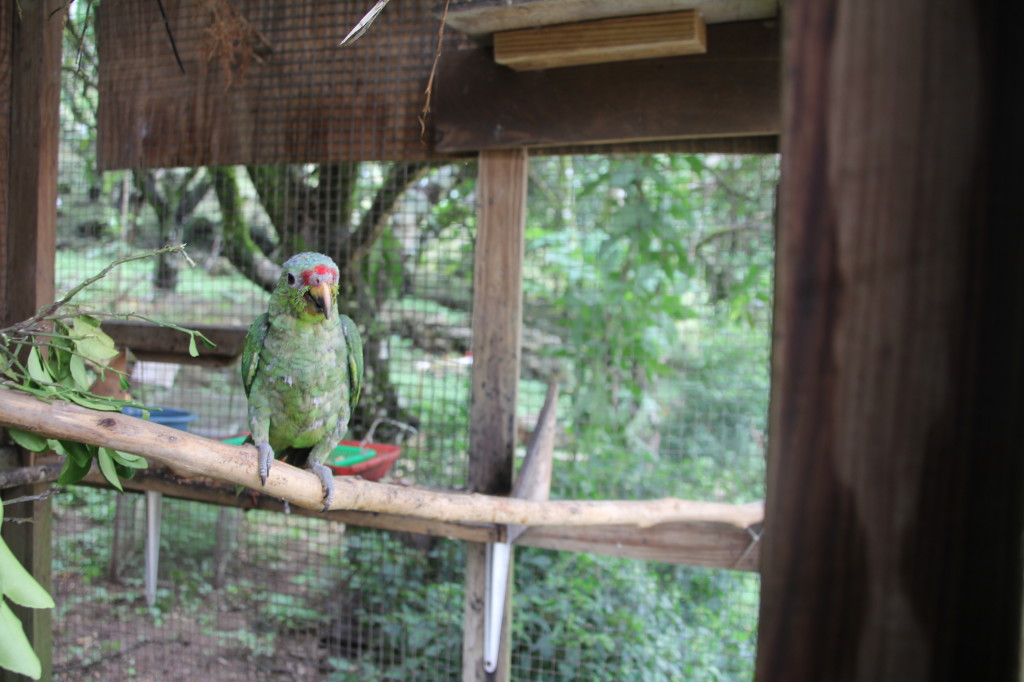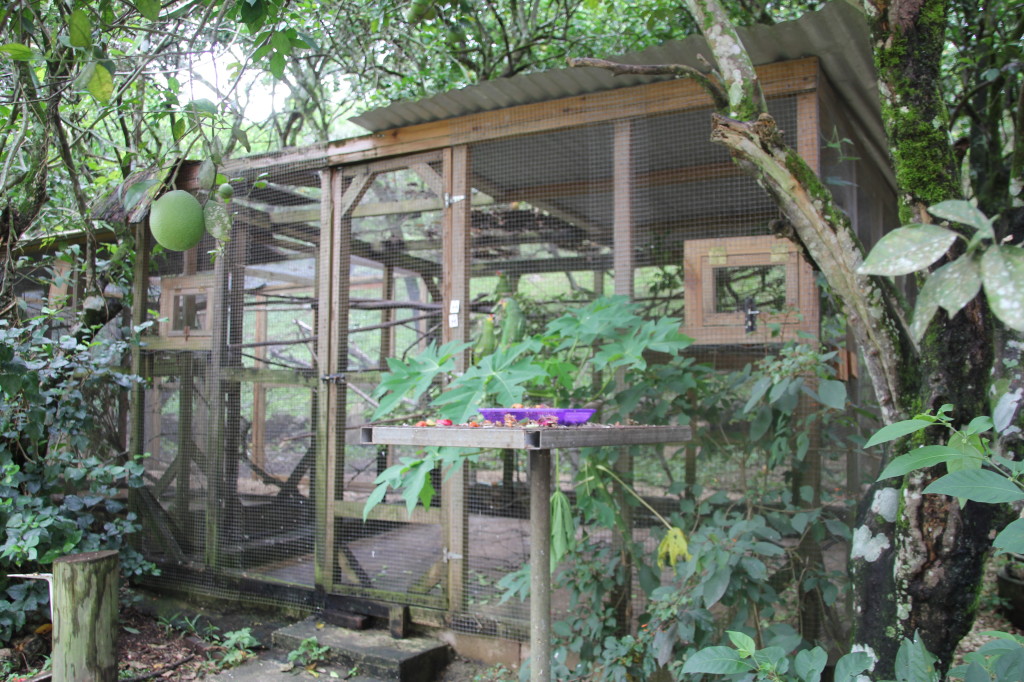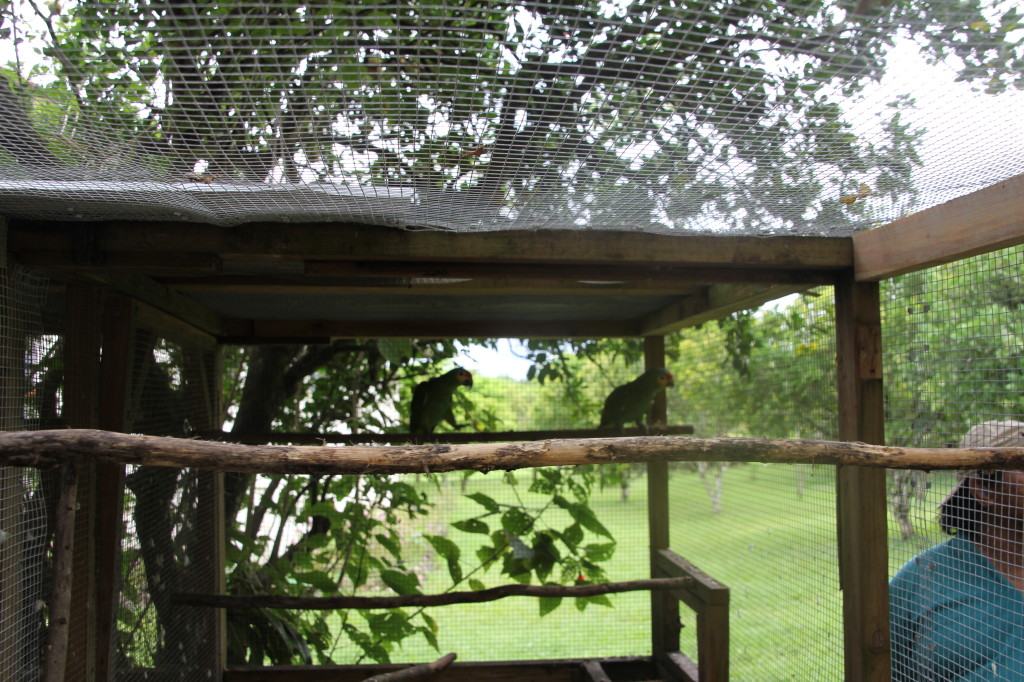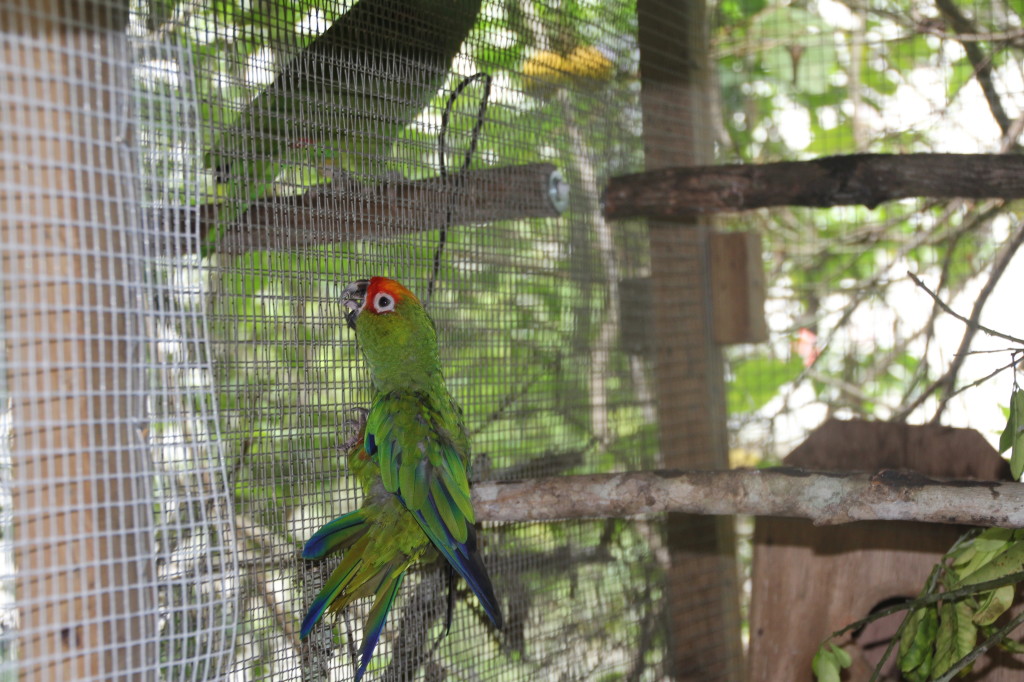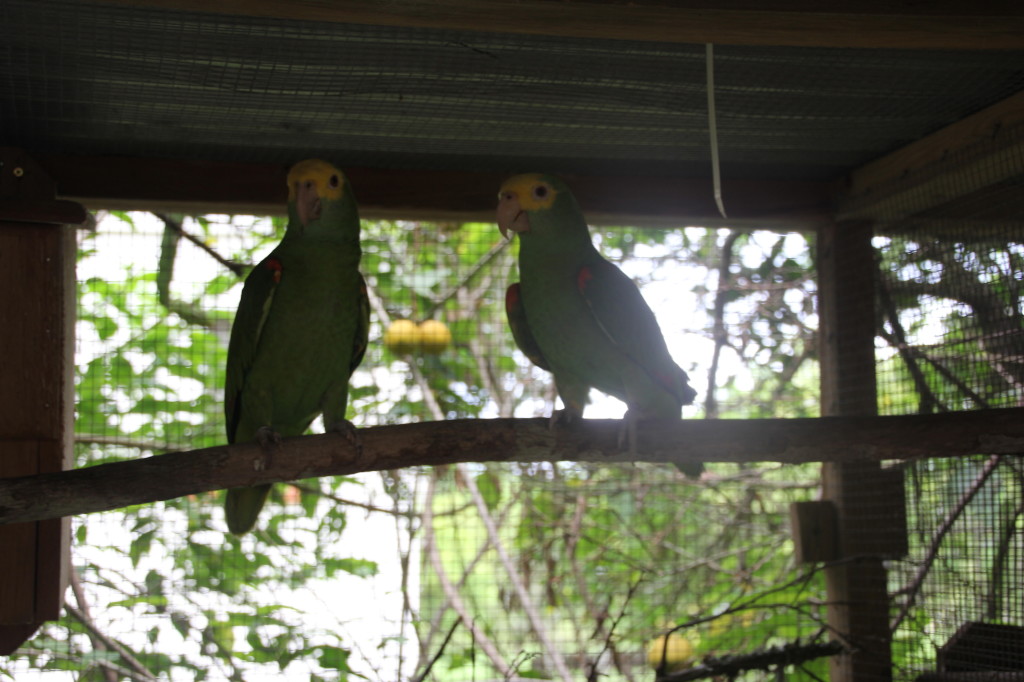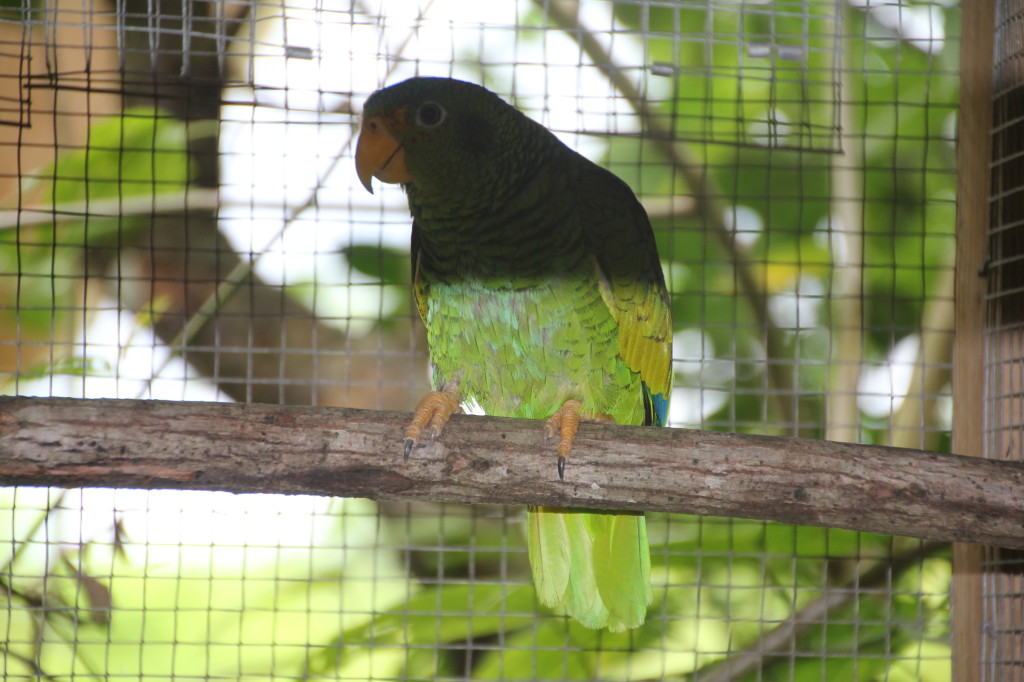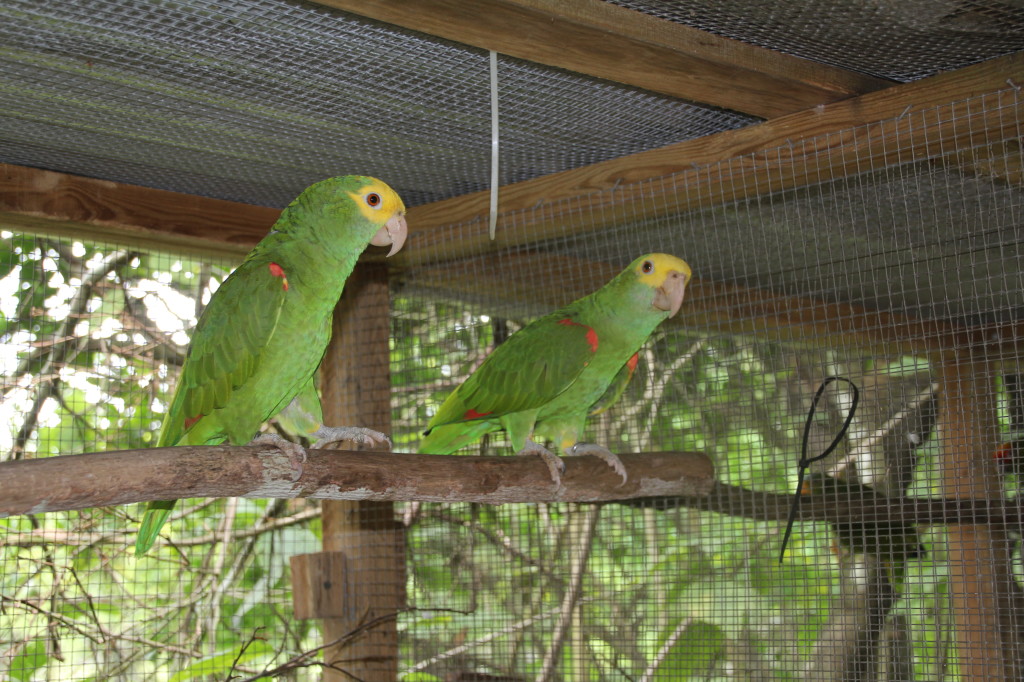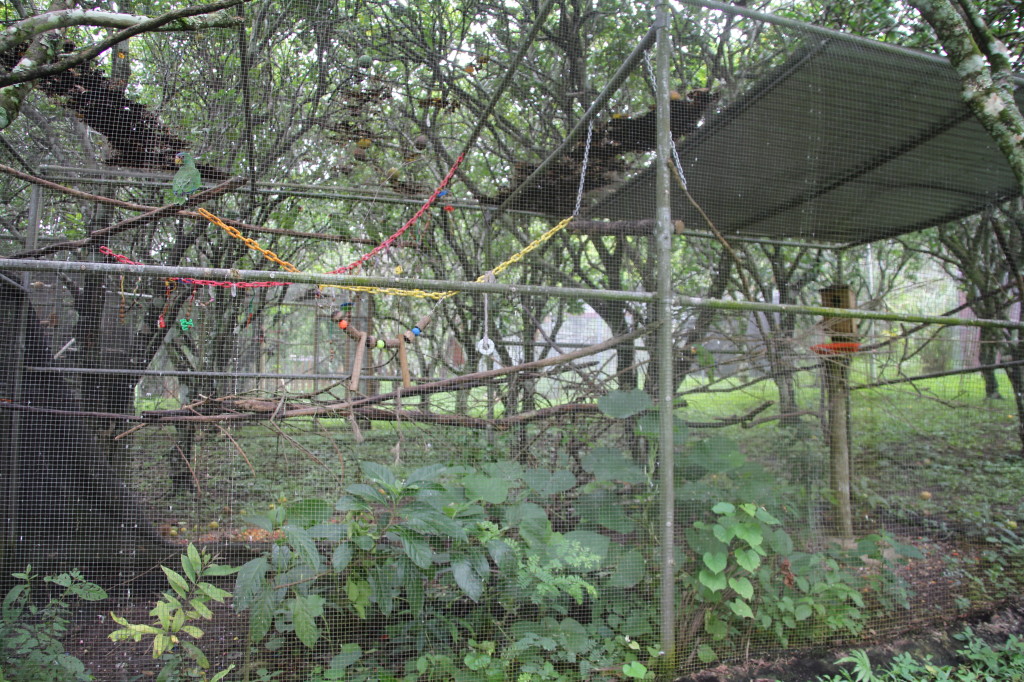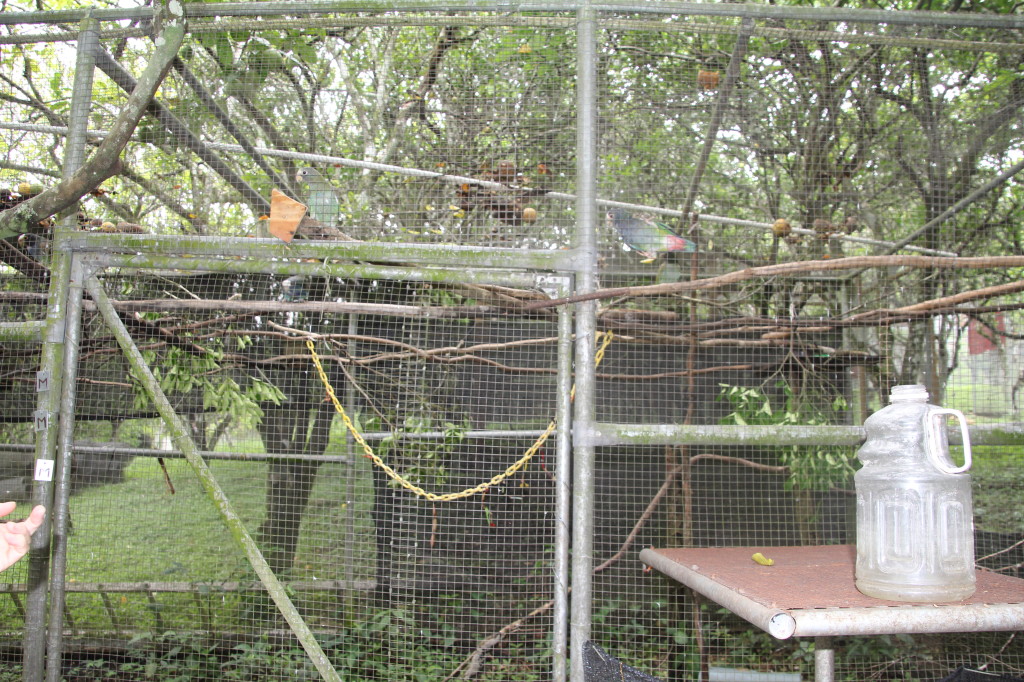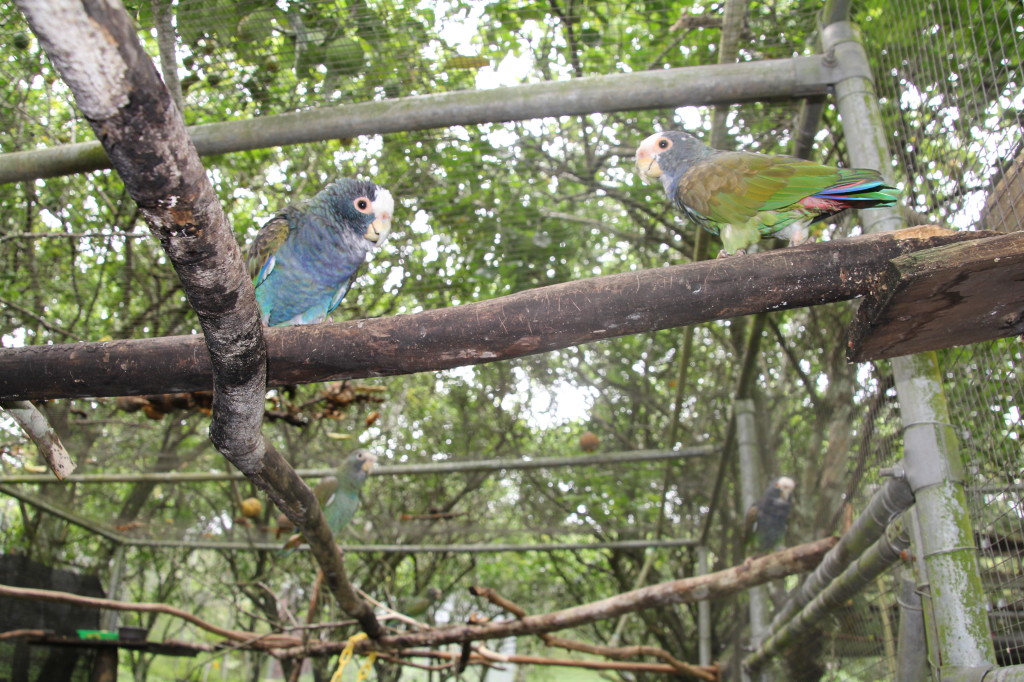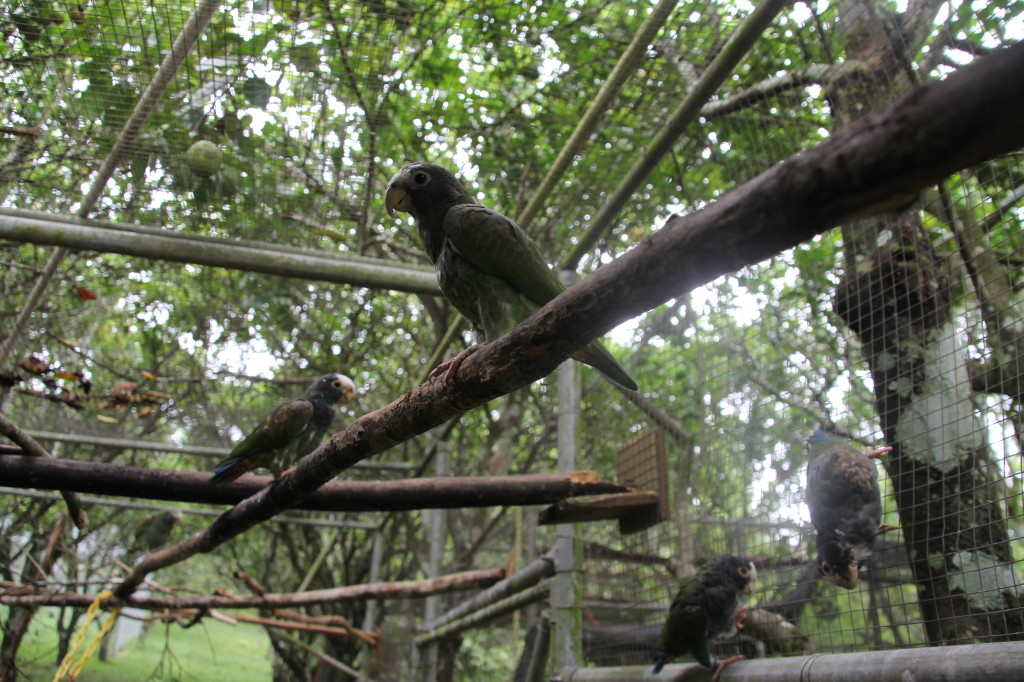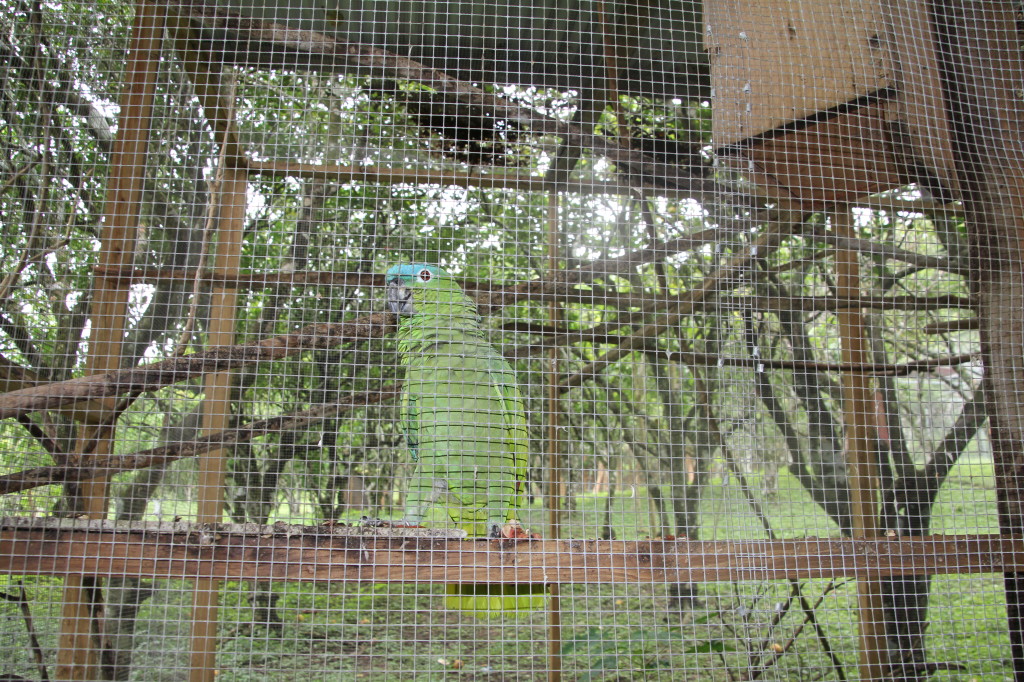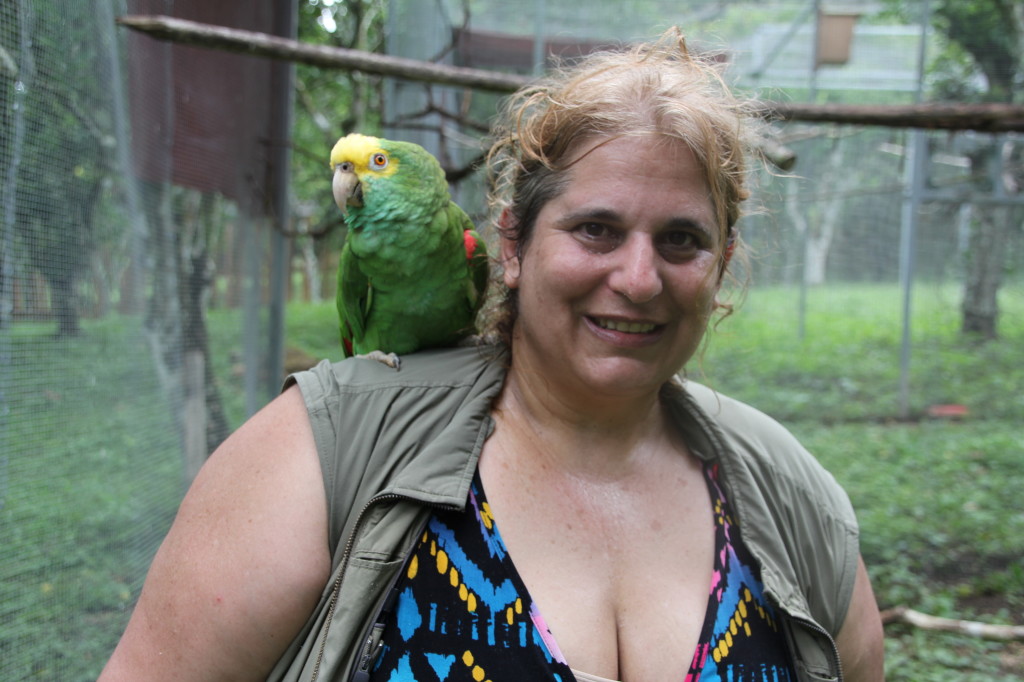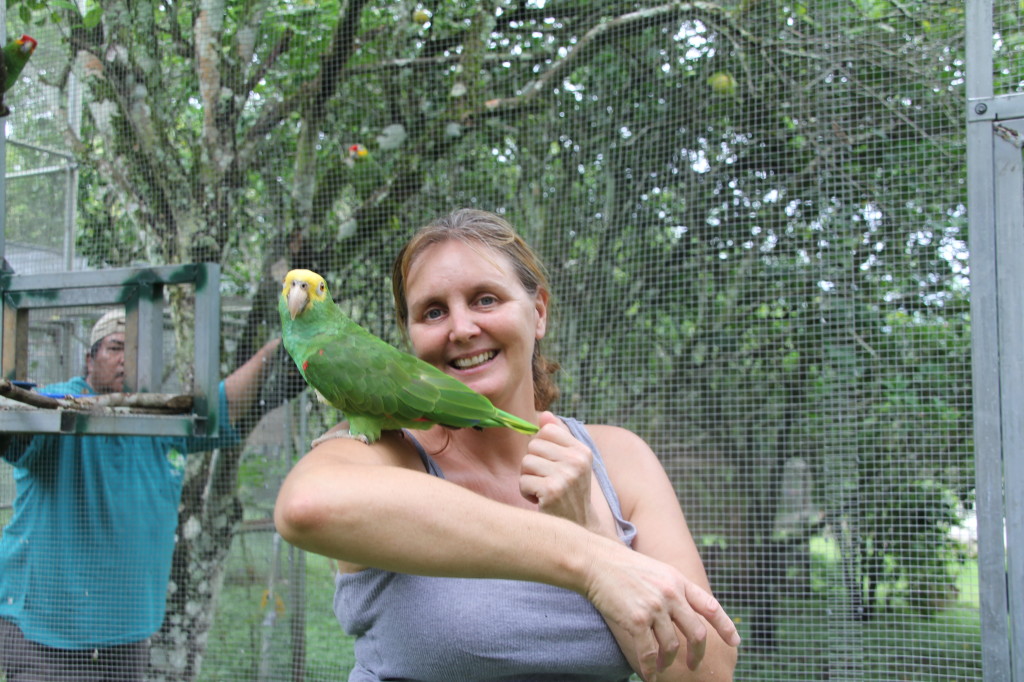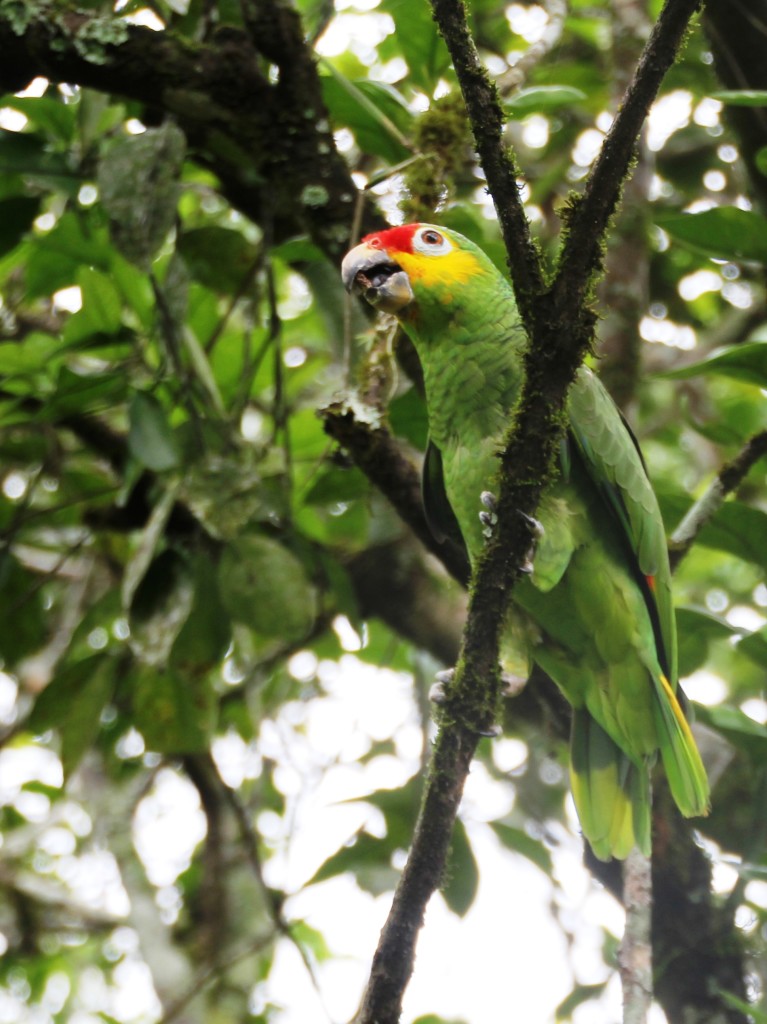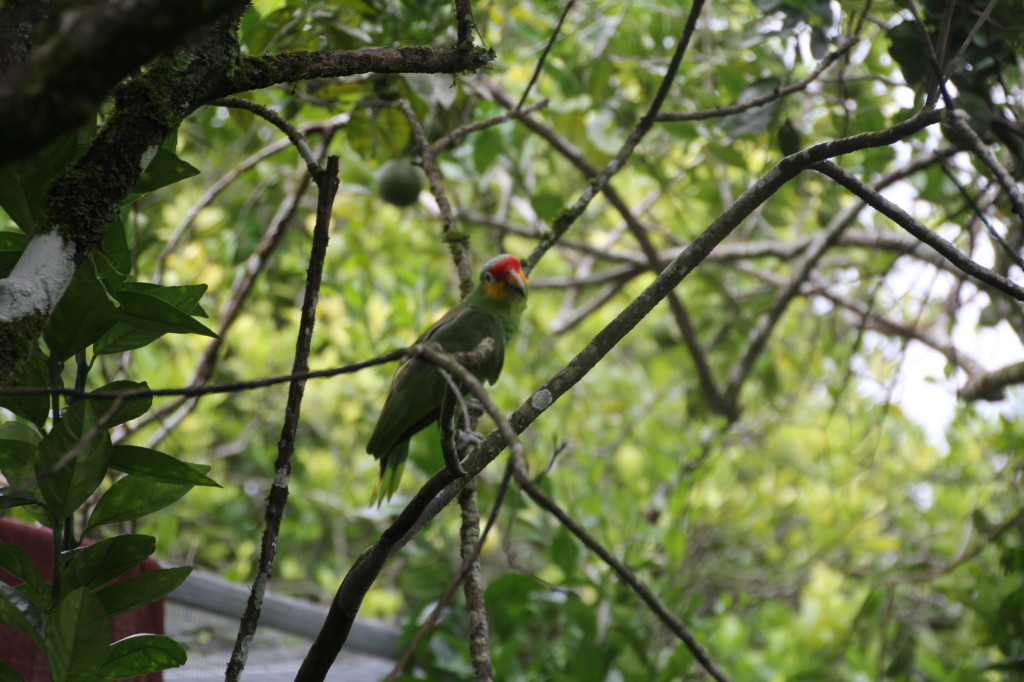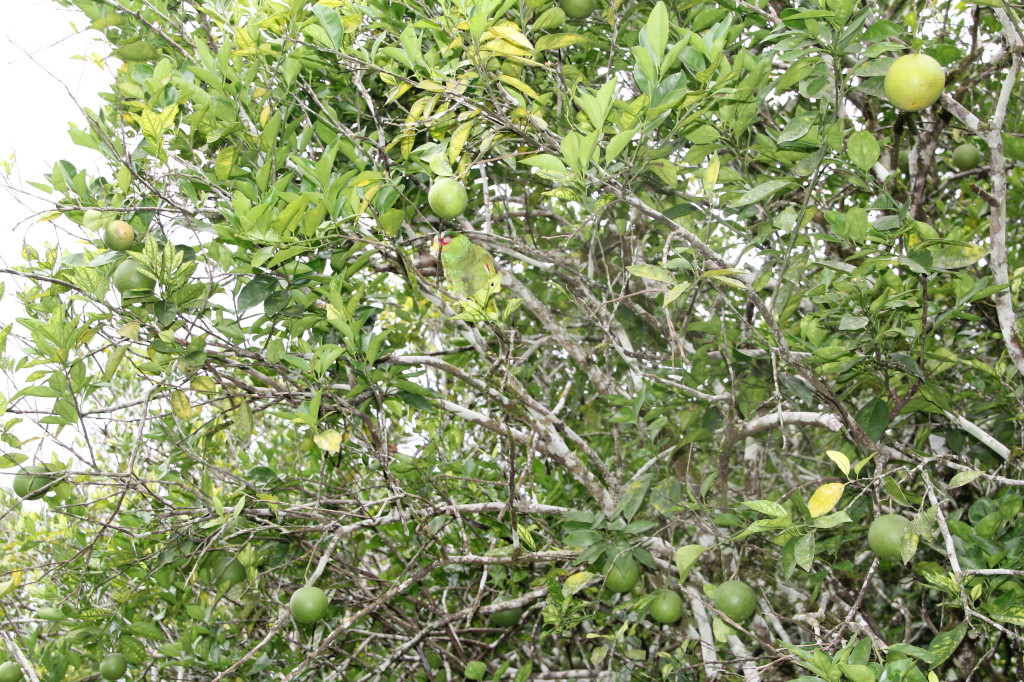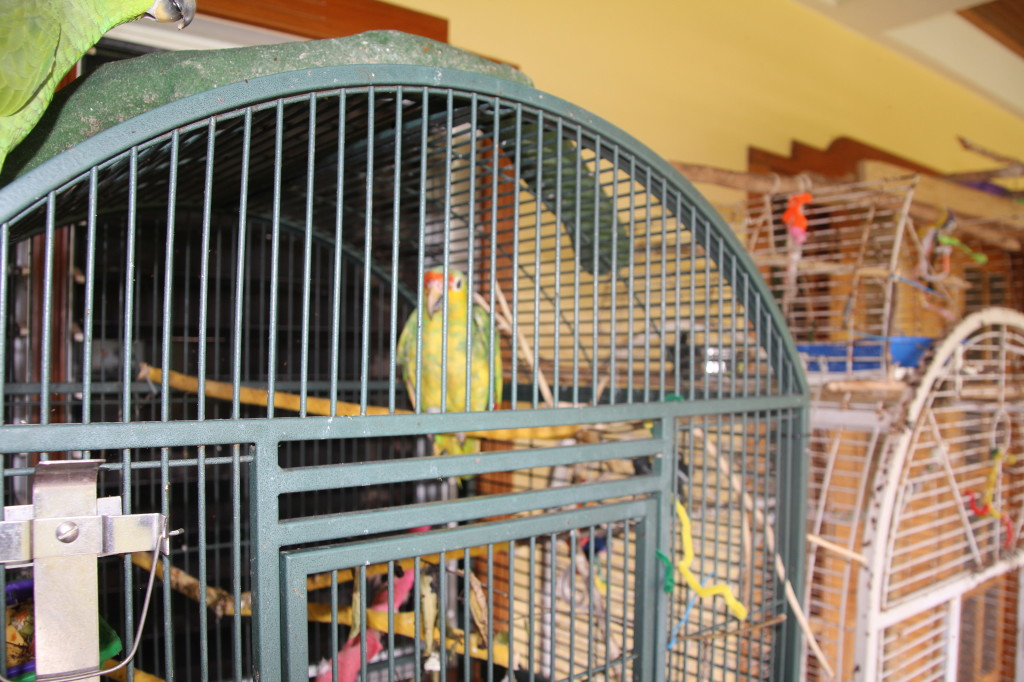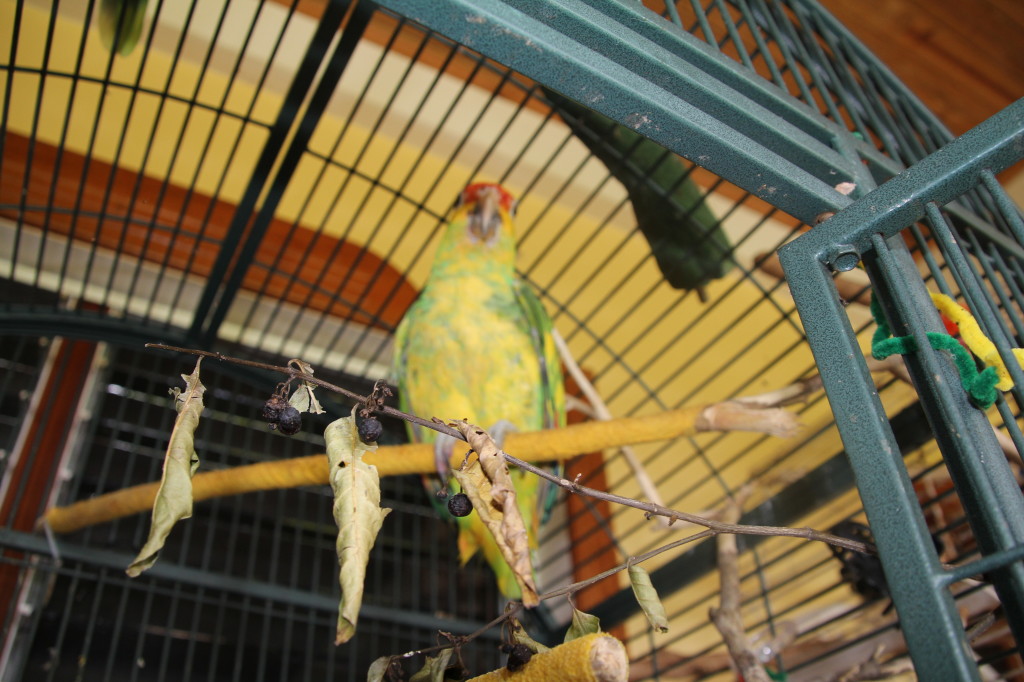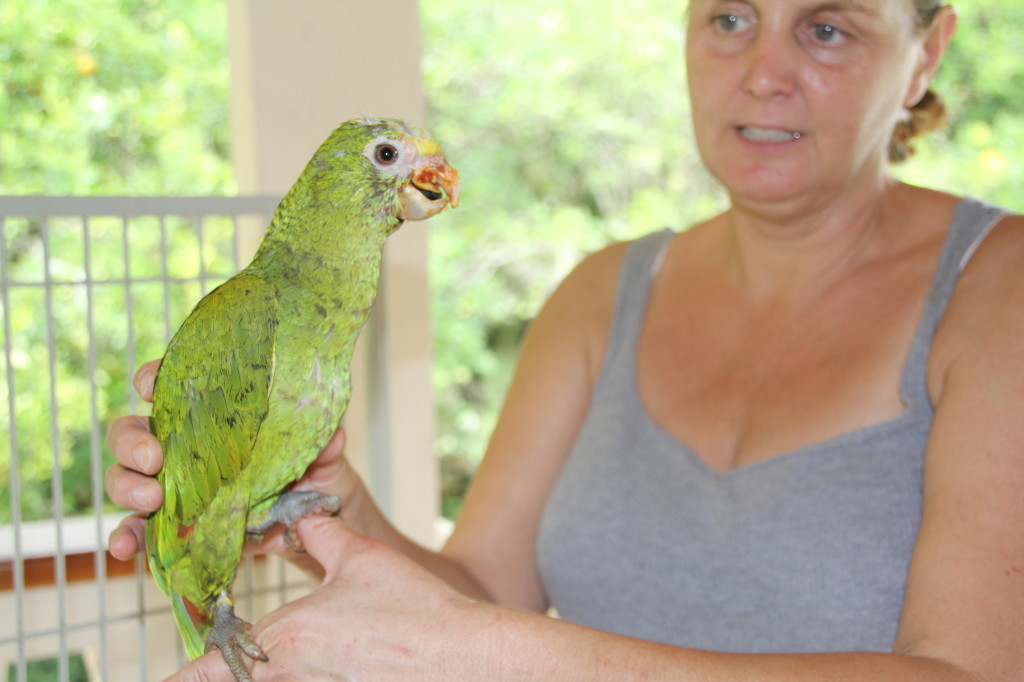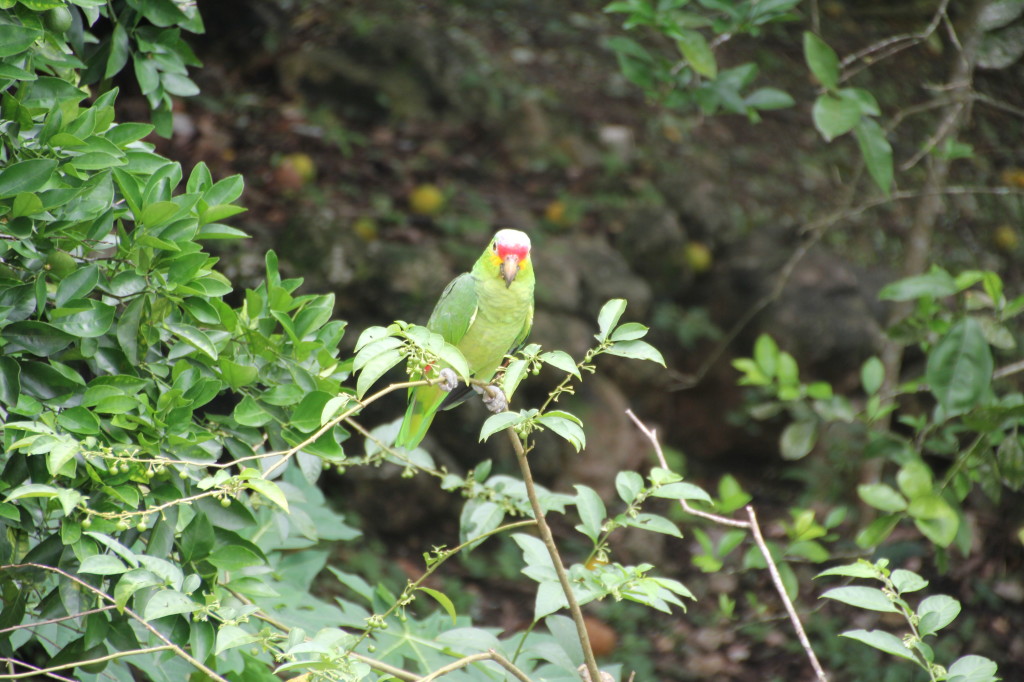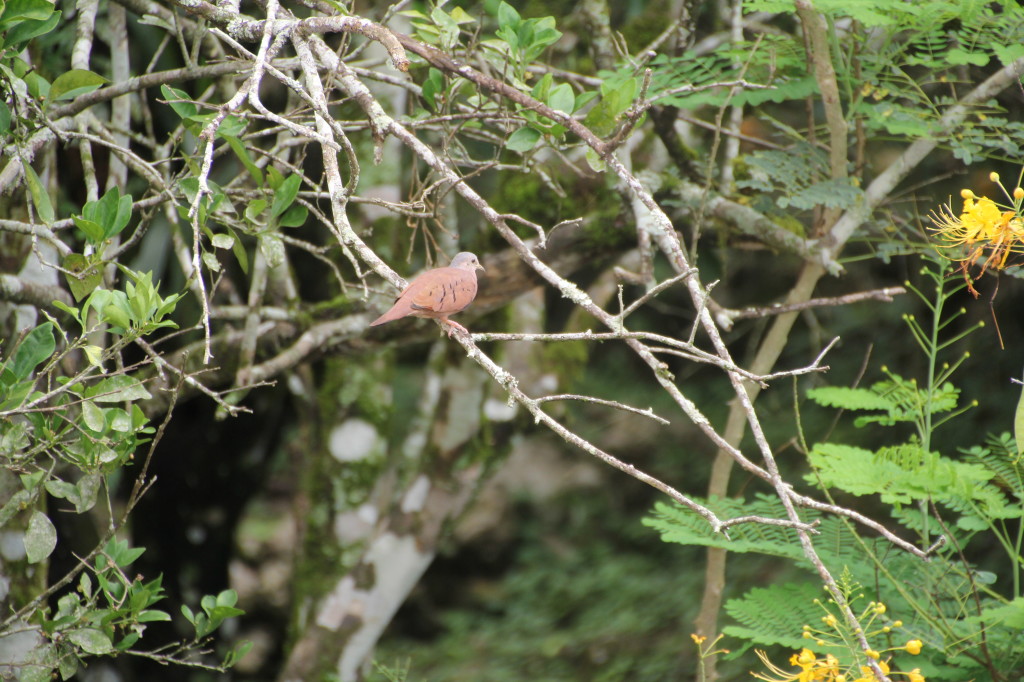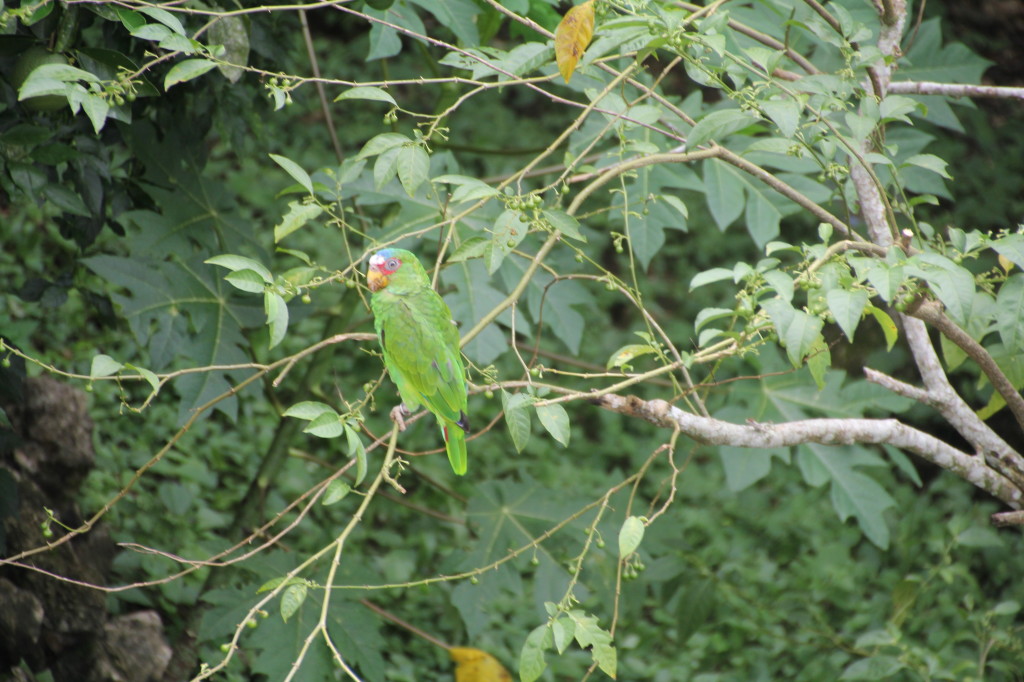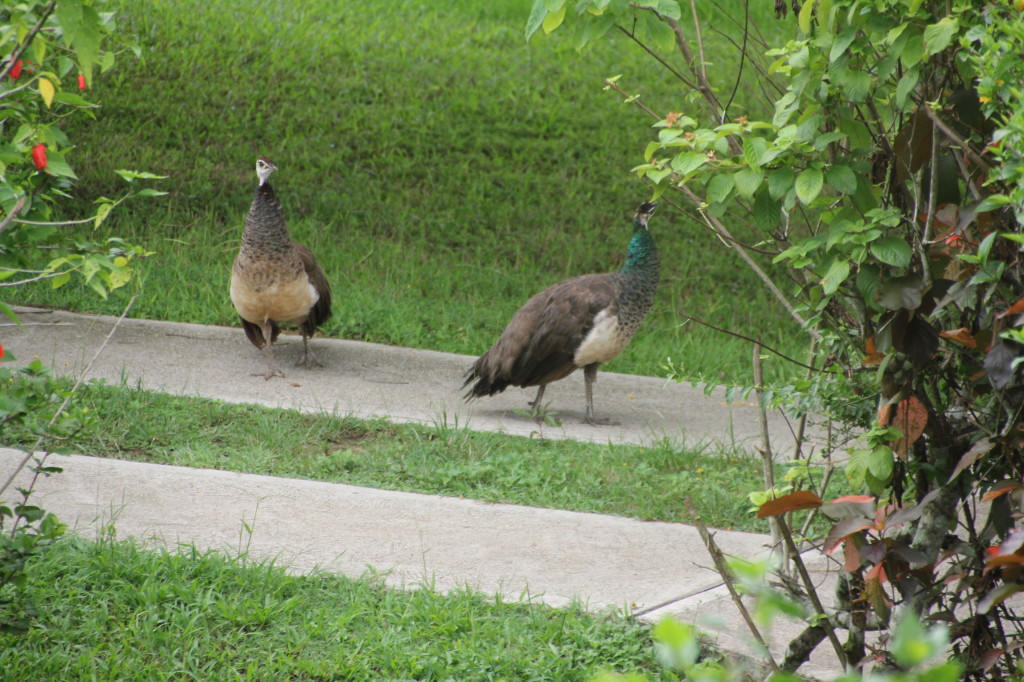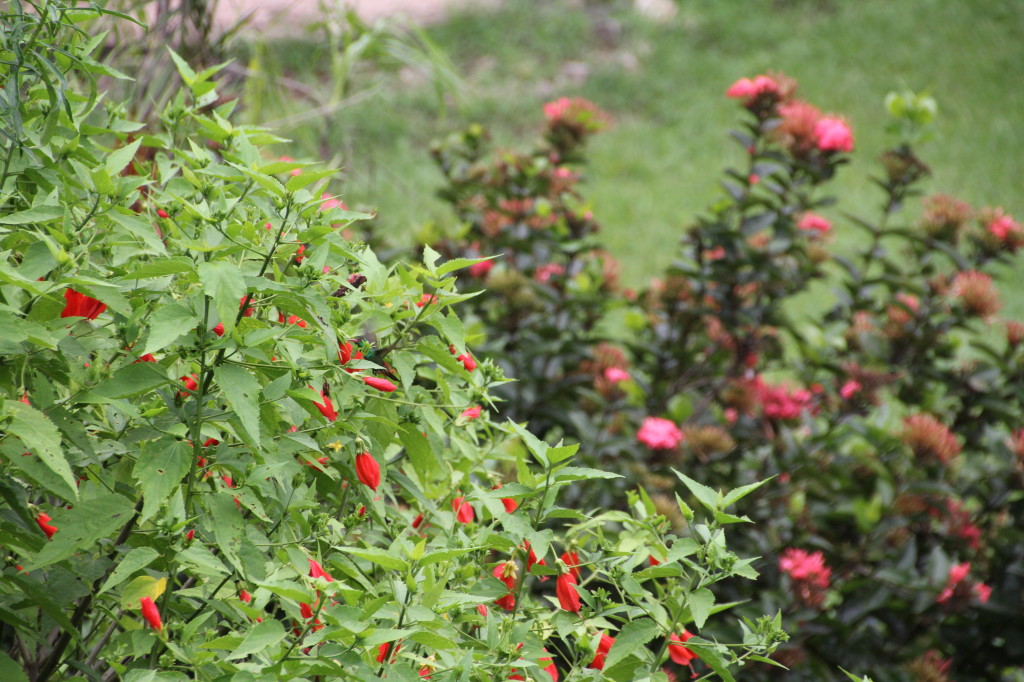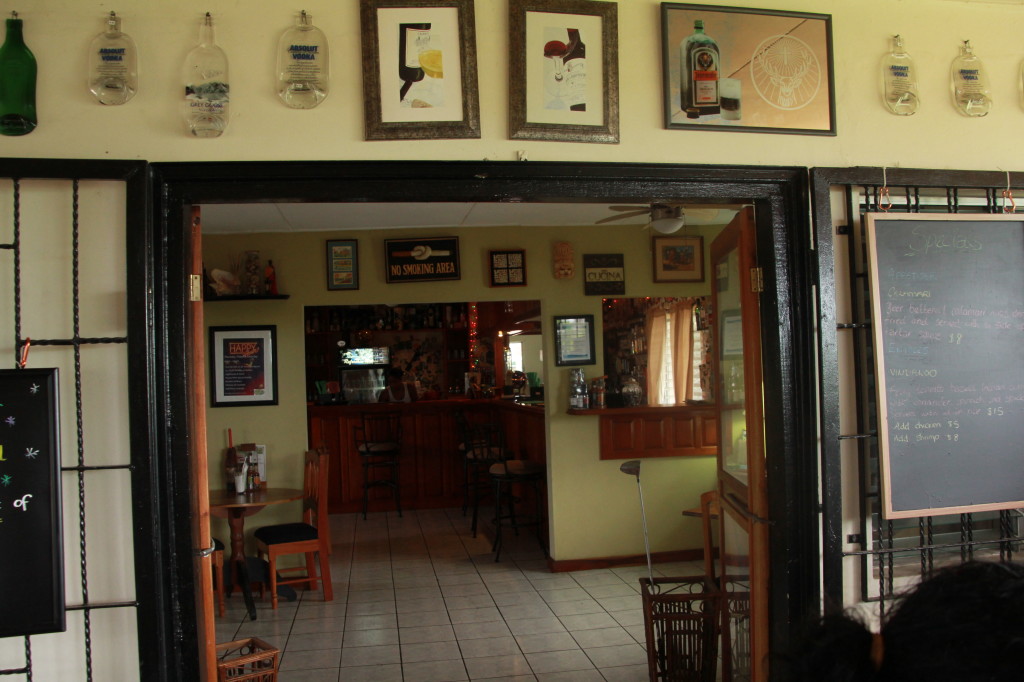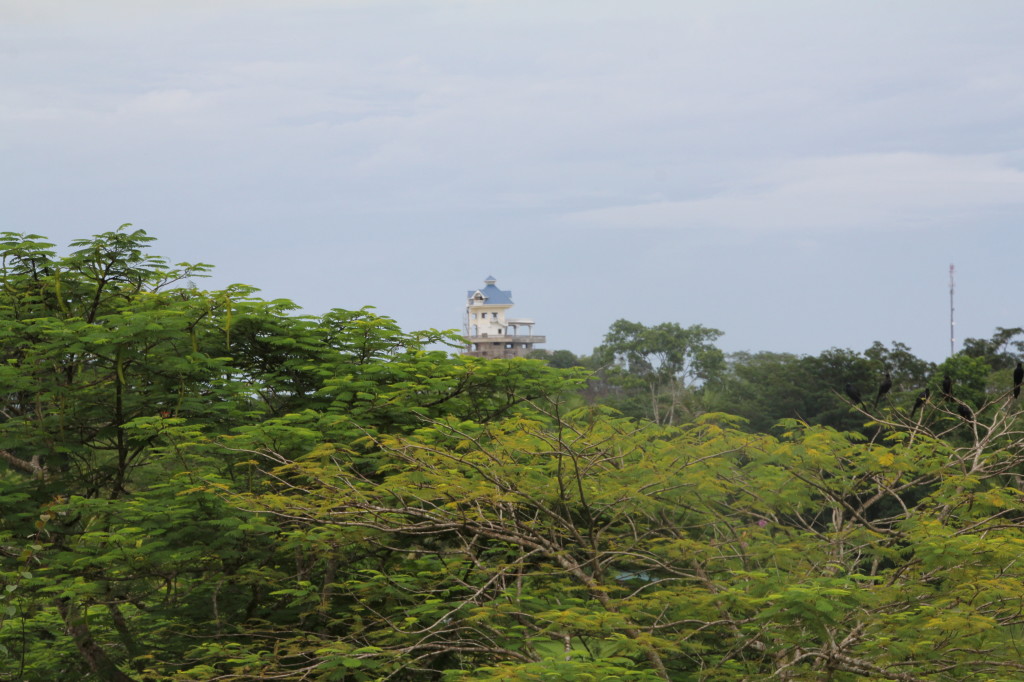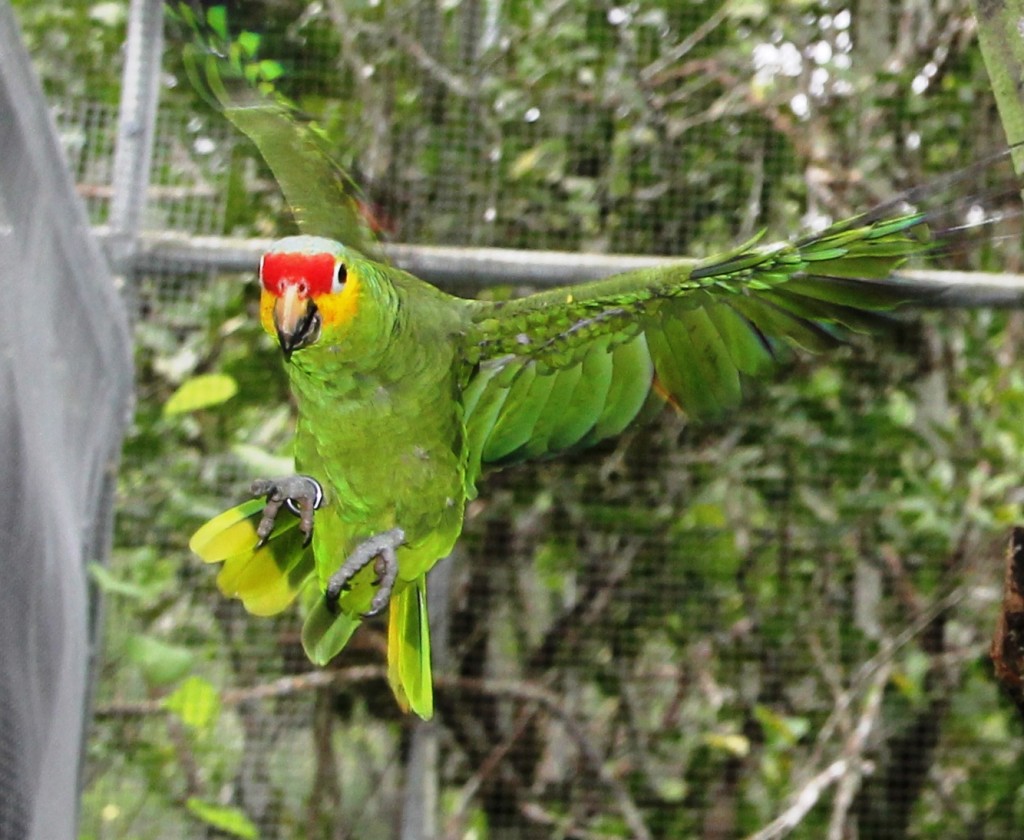Following on from last year’s post in which I highlighted only parrot sightings, this year I have expanded to all bird species. There were just so many birds who made a major impression on me! I have also increased the number to 25 since we did 3 birding trips this year. I didn’t always get good shots so I will put my own photo when I got one. Some of them were pretty quick! They are being presented in chronological order.
1. Palm Cockatoo (Probosciger aterrimus) – seen at Nimbokrang & Waigeo, Indonesia; March 2013
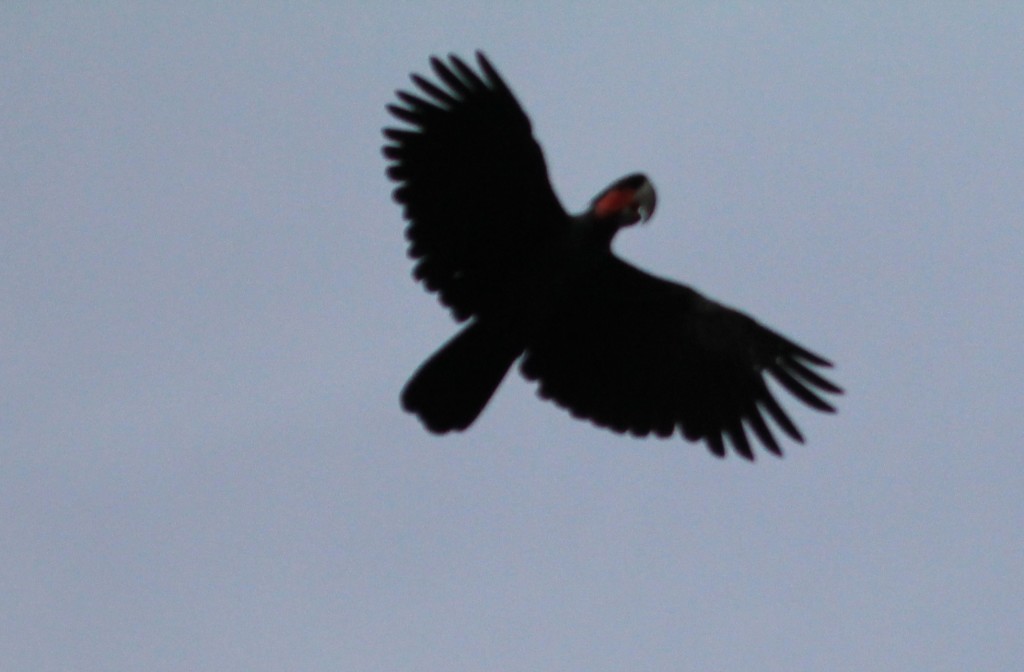 2. Lesser Bird-of-paradise, (Paradisaea minor) – seen at Nimbokrang, Indonesia; March 2013
2. Lesser Bird-of-paradise, (Paradisaea minor) – seen at Nimbokrang, Indonesia; March 2013
I couldn’t get a photo as he stayed in the trees so here’s one taken in Jurong Bird park, Singapore.

3. Victoria Crowned Pigeon (Goura victoria) – seen at Nimbokrang, Indonesia; March 2013
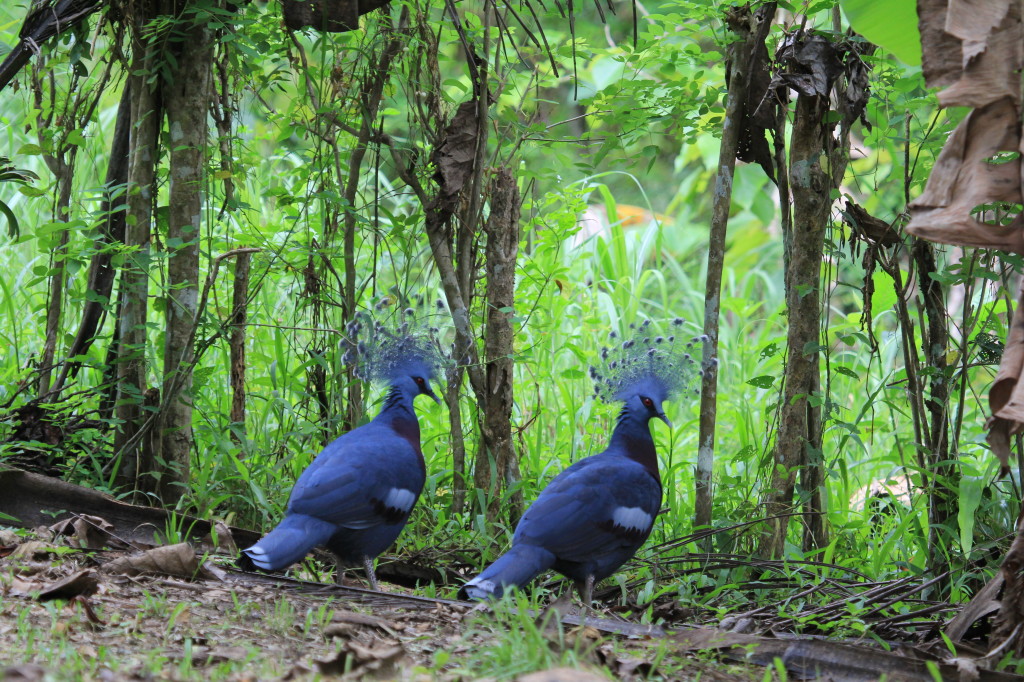
Victoria Crowned Pigeons, Nimbokrang
4. Western or Arfak Parotia (Parotia sefilata) – seen at Siyoubring, Indonesia, March 2013 I’ll never forget this feathered Lord of the Dance trying so hard to woo 3 aloof females!
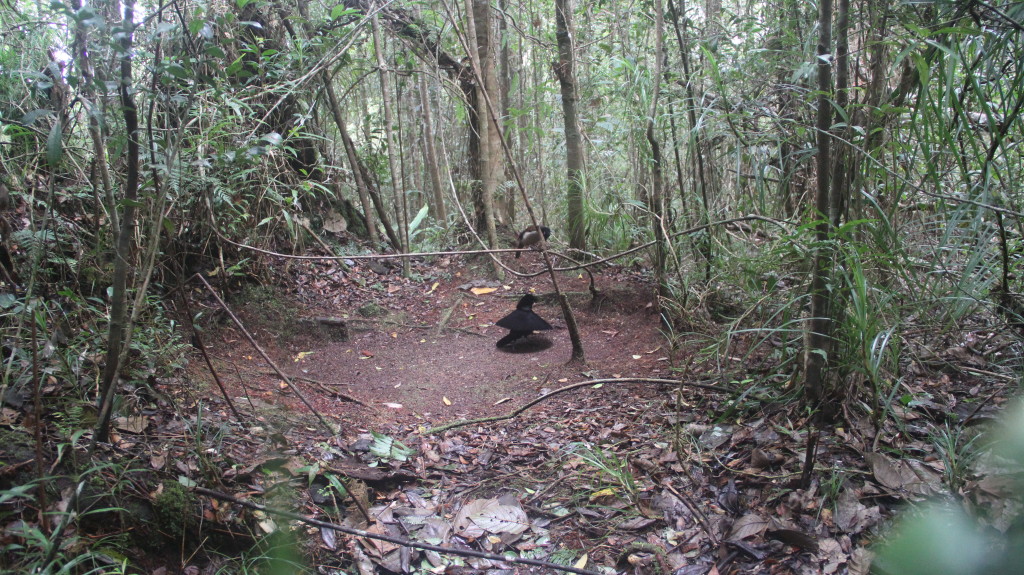
One female Western Parotia comes in for a closer look while the male shows his best moves. There were a couple other females higher up in the branches.
5. Vogelkop Bowerbird (Amblyornis inornata) – seen at Siyoubring, Indonesia, March 2013
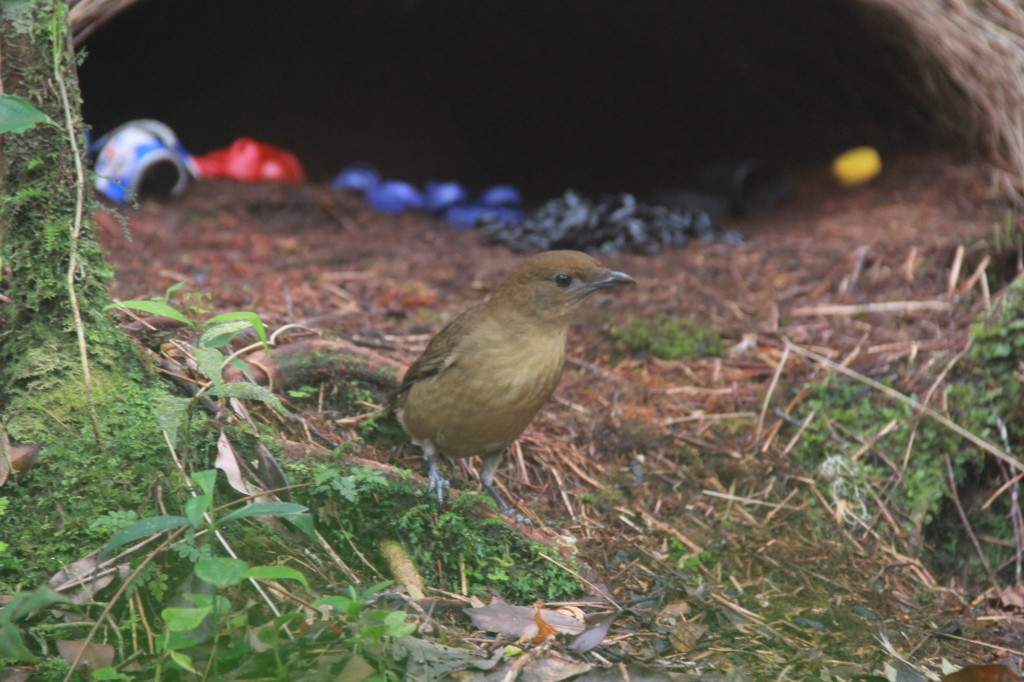
OK lady Bowerbirds, come and check out my awesome bower!
6. Eclectus Parrot (Eclectus roratus) – seen near Nimbokrang and on Waigeo Island, Indonesia, March 2013
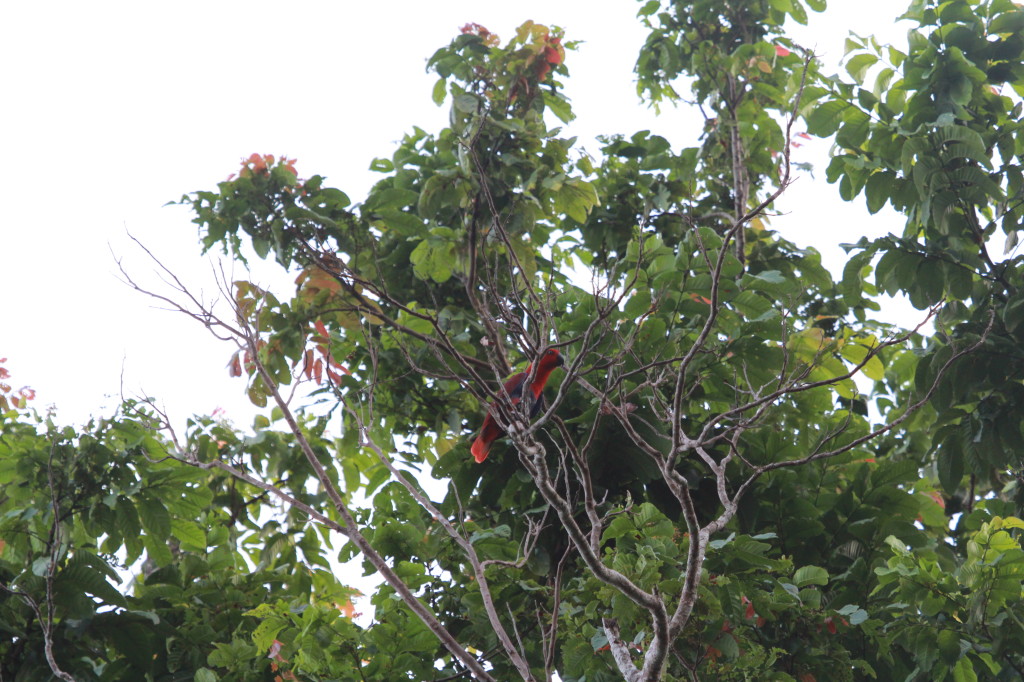 7. Wilson’s Bird-of-paradise, (Cicinnurus respublica) – seen on Waigeo Island, Indonesia in March 2013. This little guy played hard-to-get with the camera.
7. Wilson’s Bird-of-paradise, (Cicinnurus respublica) – seen on Waigeo Island, Indonesia in March 2013. This little guy played hard-to-get with the camera.
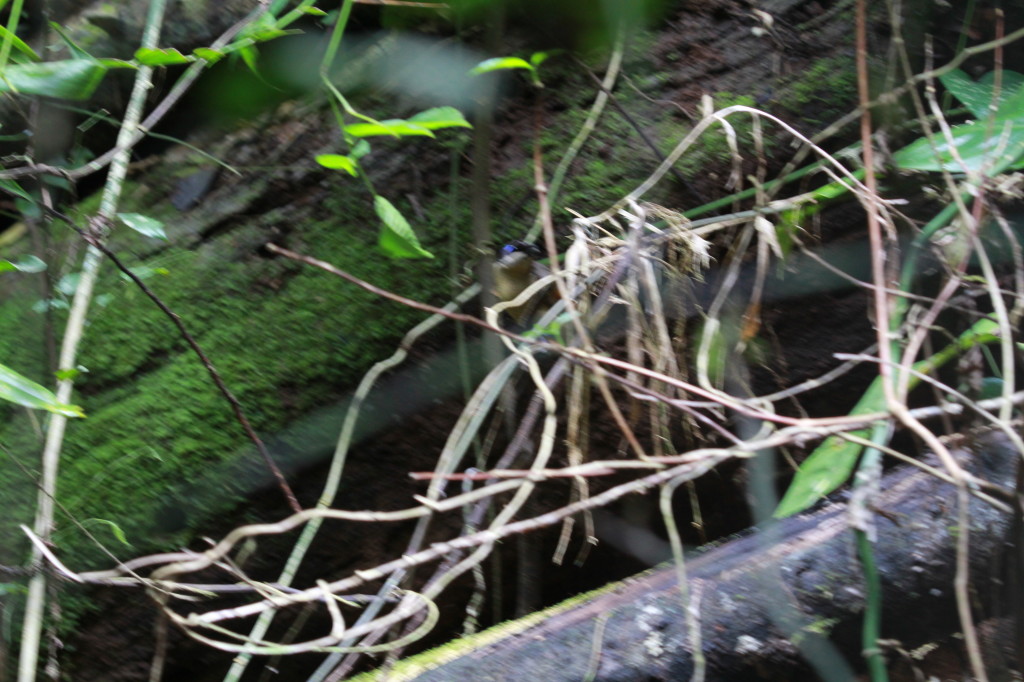
Wilson’s Bird-of-paradise, Cicinnurus respublica
8. Red Bird-of-paradise (Paradisaea rubra) – seen on Waigeo Island, Indonesia , March 2013.
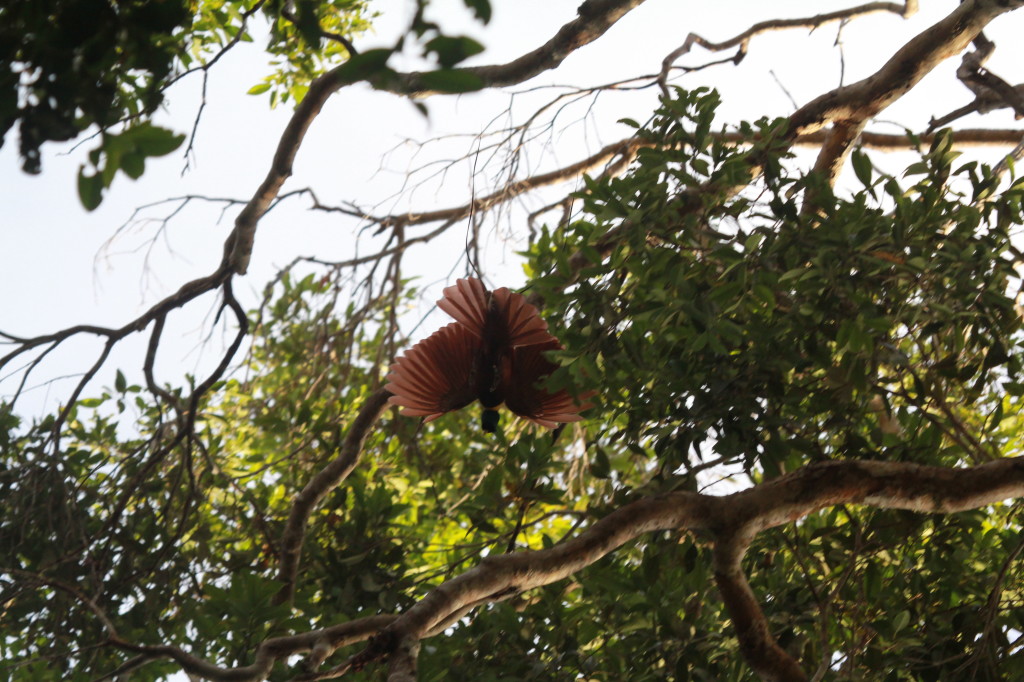
Red Bird of Paradise (Paradisaea rubra), Waigeo- dancing in the trees
9. Red-lored Parrot (Amazona autumnalis) – seen at Crooked Tree, Belize, Tikal, Laguna del Lagarto, Carara, Soberania, August 2013. This was the first parrot we saw after arriving in Central America so I chose him to represent all the Amazon species seen all over Central America.
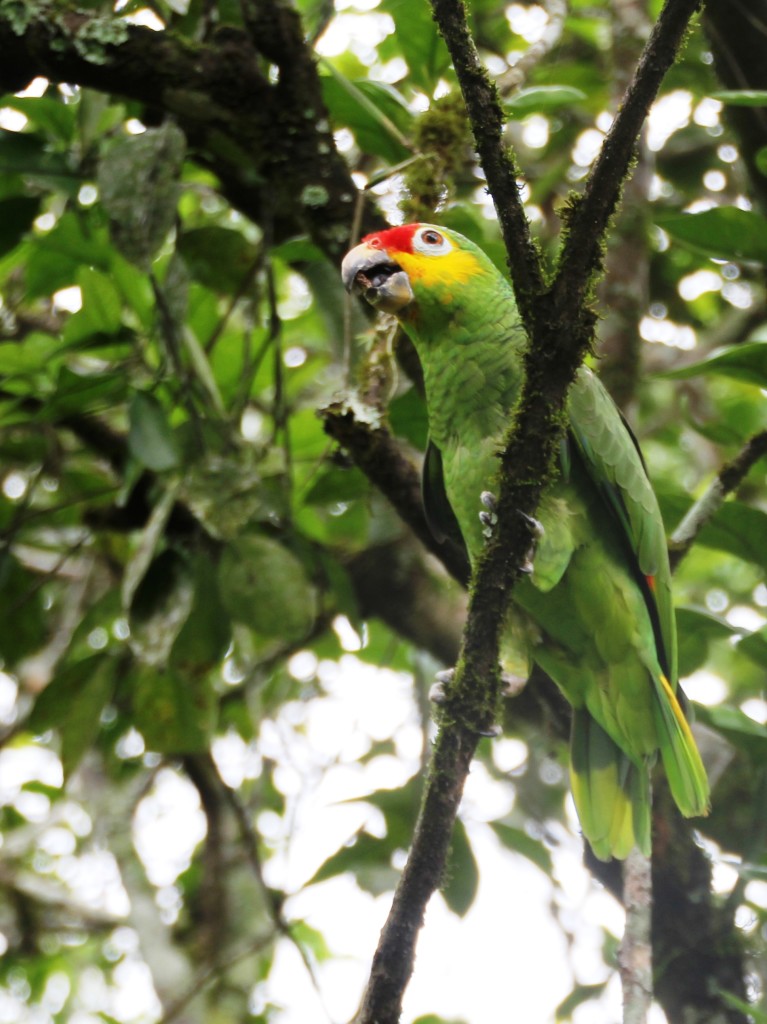
Red-lored Amazon or Red-lored Parrot (Amazona autumnalis)
10. Keel-billed Toucan (Ramphastos sulfuratus) – seen at Crooked Tree, Belize, Tikal, Selva Verde, Laguna del Lagarto, Soberania, August 2013
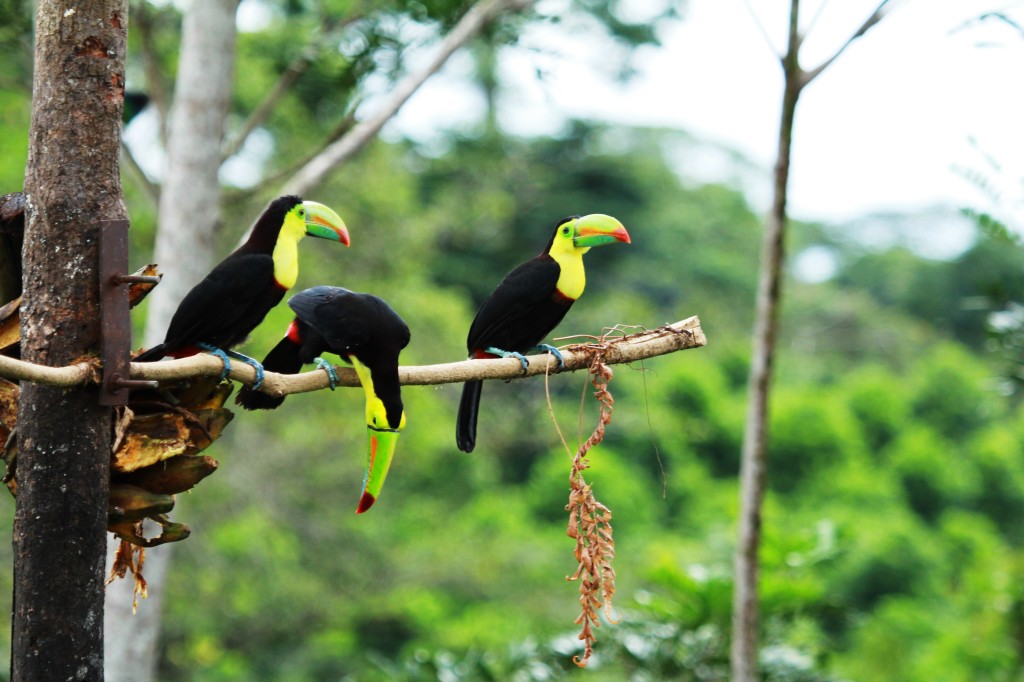
11. Great Green Macaw (Ara ambiguus) – seen at Selva Verde & Laguna del Lagarto, Costa Rica, August 2013
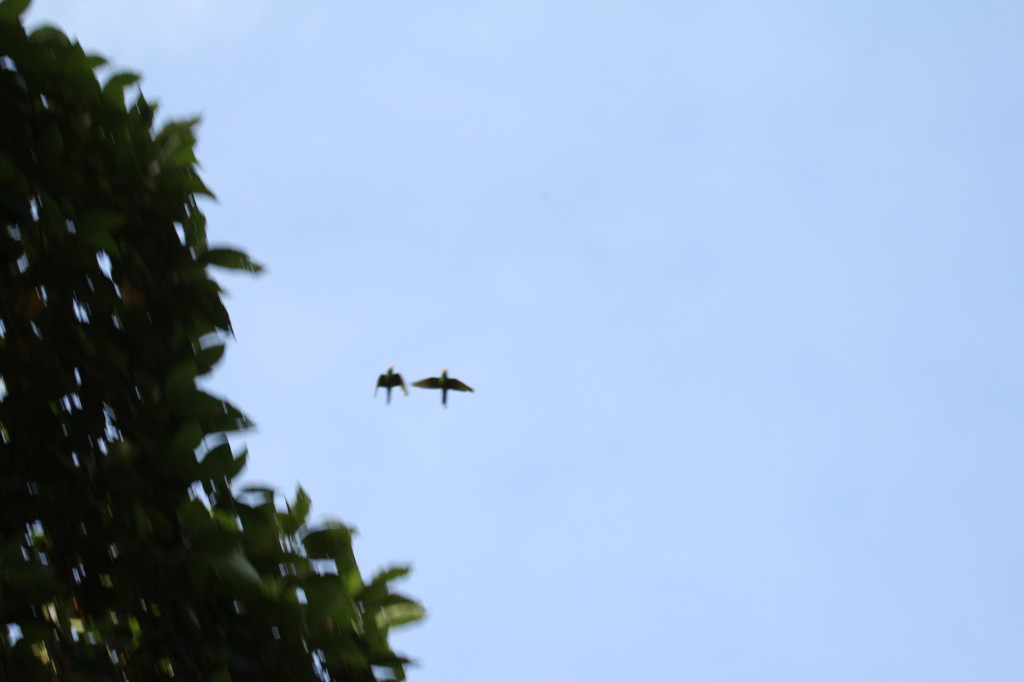 12. Golden-hooded Tanager (Tangara larvata) – seen at Laguna del Lagarto, Costa Rica, August 2013.
12. Golden-hooded Tanager (Tangara larvata) – seen at Laguna del Lagarto, Costa Rica, August 2013.
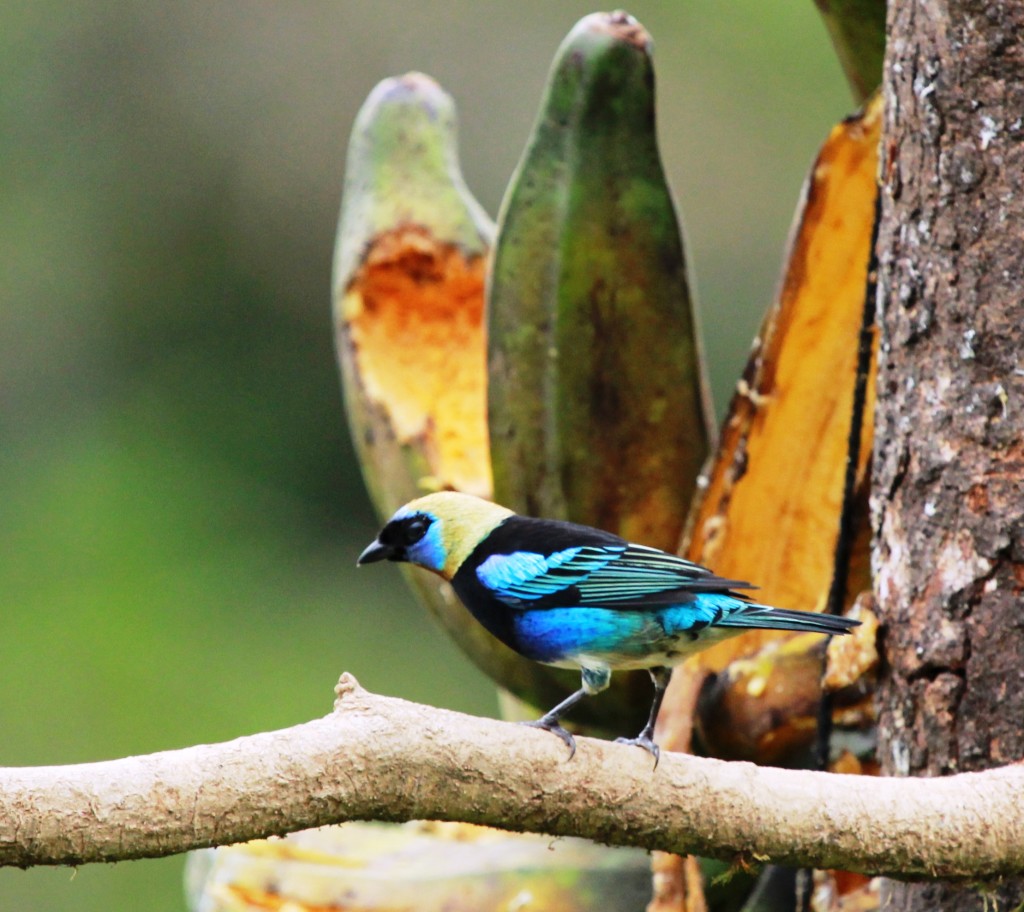
13. Brown-hooded Parrot (Pyrilia haematotis) – seen at Laguna del Lagarto, Costa Rica, August 2013.
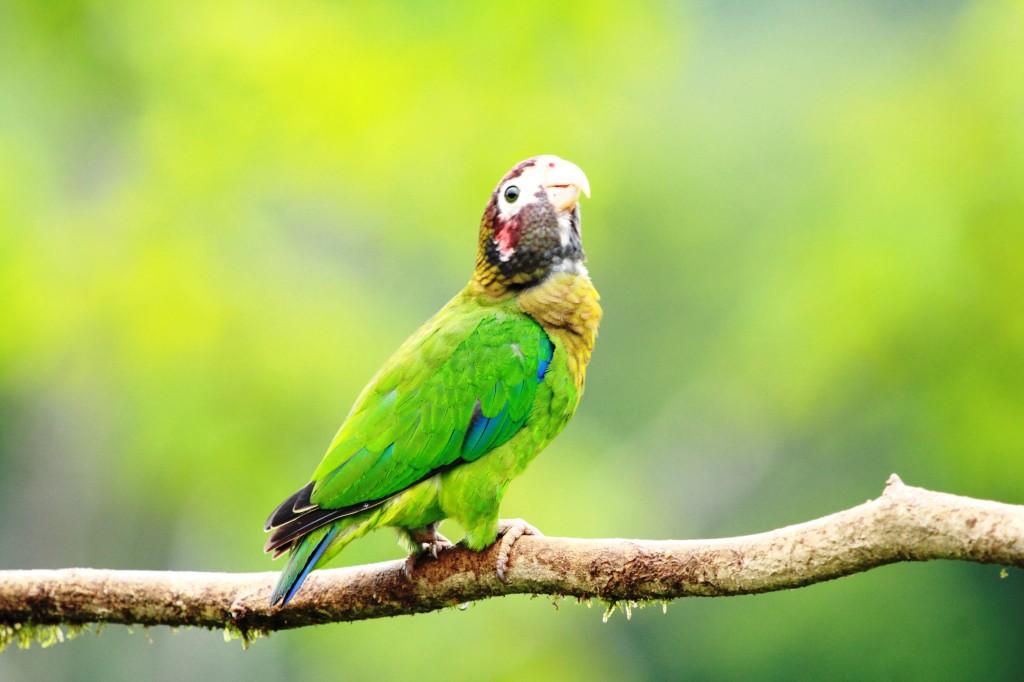
14. Collared Araçari (Pteroglossus torquatus) – seen at Selva Verde, Laguna del Lagarto, Costa Rica, Soberania. August 2013.
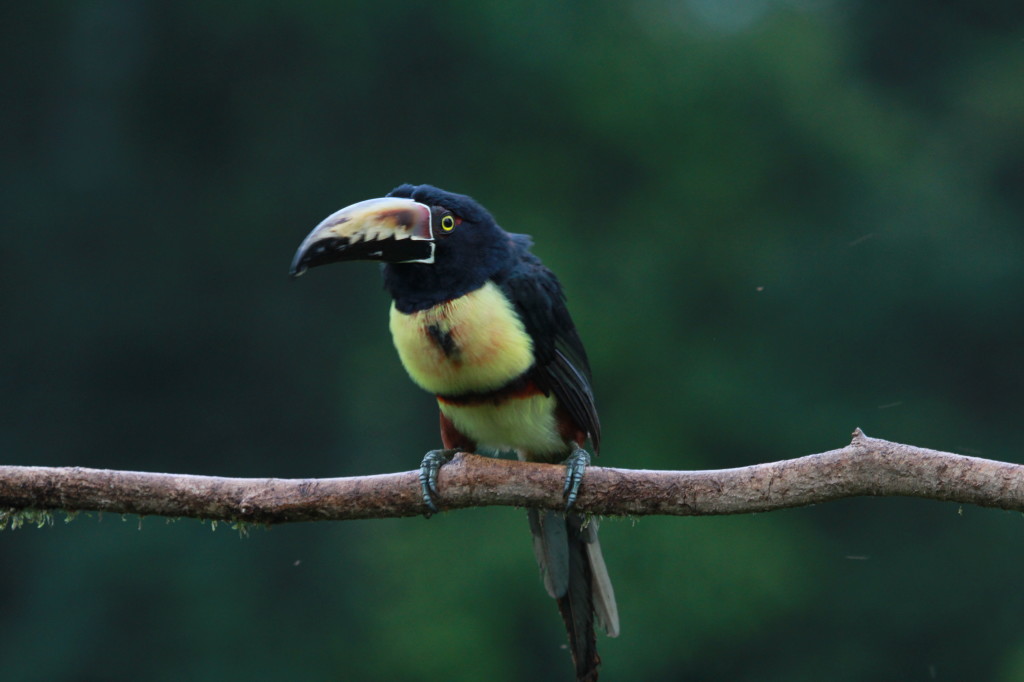 15. Hummingbirds (all of them) – seen at Laguna del Lagarto, Monteverde, Savegre, Soberania. There is no way I can single out one species, they are all spectacular!
15. Hummingbirds (all of them) – seen at Laguna del Lagarto, Monteverde, Savegre, Soberania. There is no way I can single out one species, they are all spectacular!
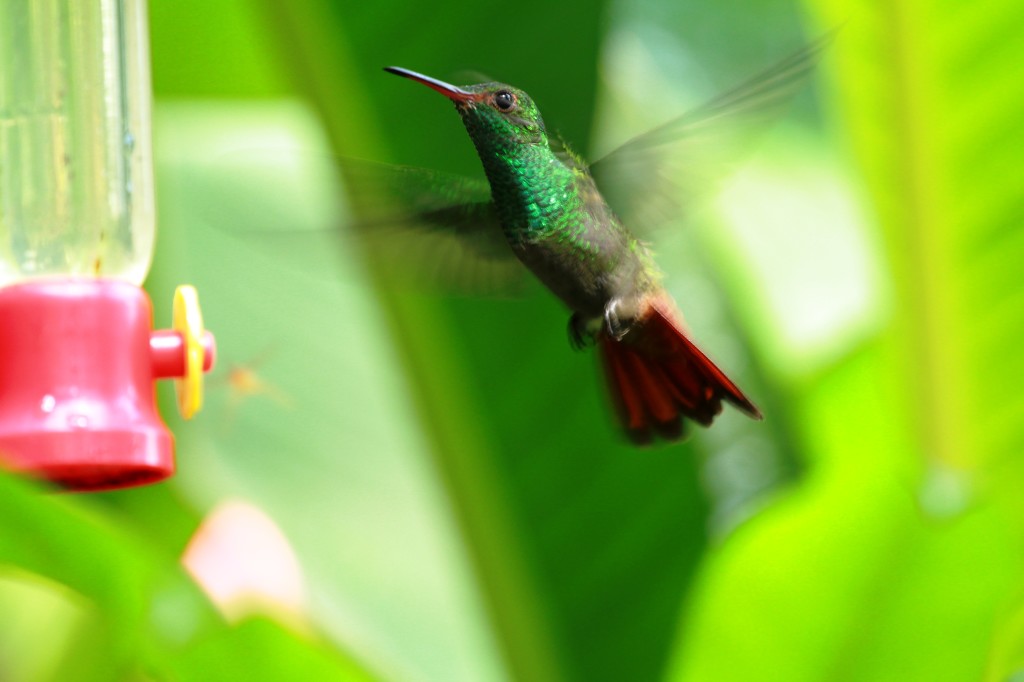
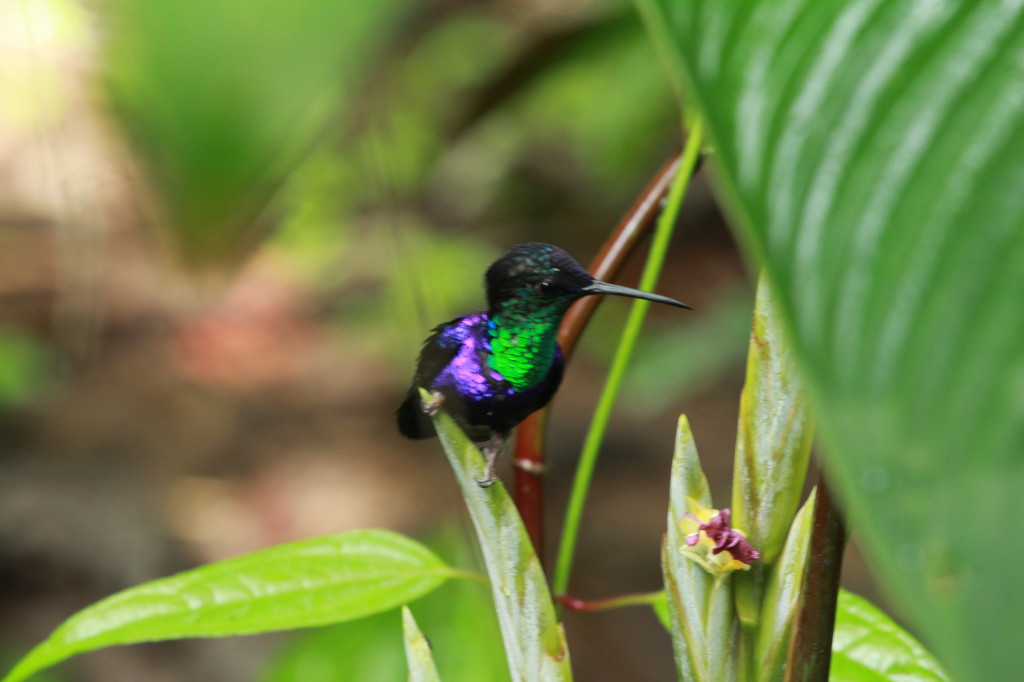
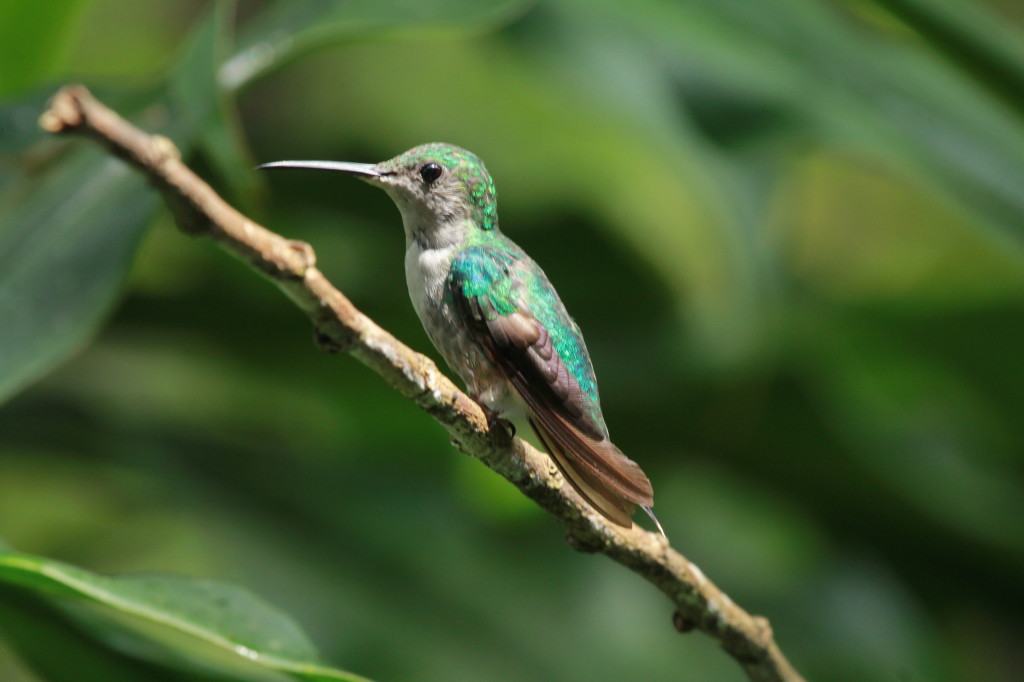
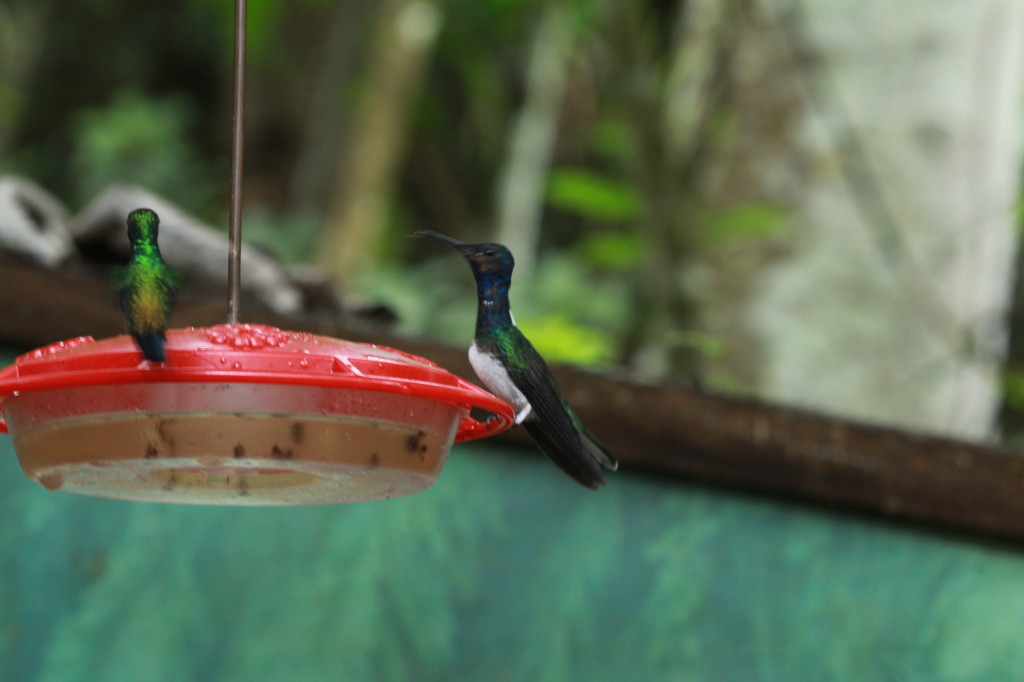 16. Chestnut-coloured Woodpecker (Celeus castaneus) – seen at Laguna del Lagarto, Costa Rica, August 2013
16. Chestnut-coloured Woodpecker (Celeus castaneus) – seen at Laguna del Lagarto, Costa Rica, August 2013
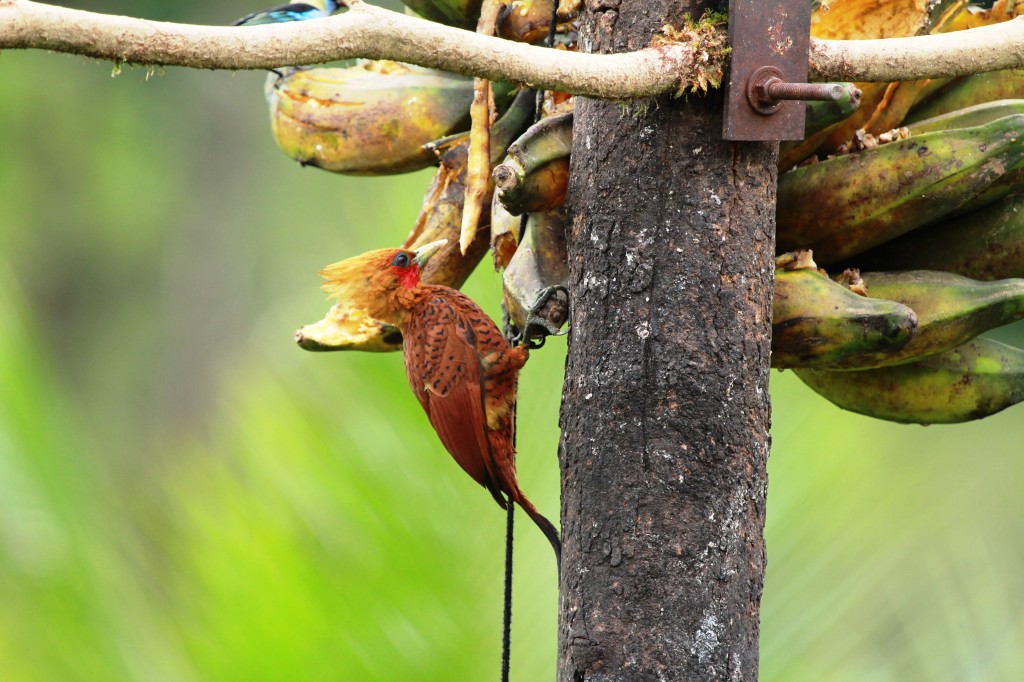 17. Resplendent Quetzal (Pharomachrus mocinno) – seen at Monteverde (Curi Cancha) & Savegre. I will never forget both sightings of this stunning bird! The first one because I found him by myself and the 2nd one because there were several of them and they hung around a while so I could watch them.
17. Resplendent Quetzal (Pharomachrus mocinno) – seen at Monteverde (Curi Cancha) & Savegre. I will never forget both sightings of this stunning bird! The first one because I found him by myself and the 2nd one because there were several of them and they hung around a while so I could watch them.
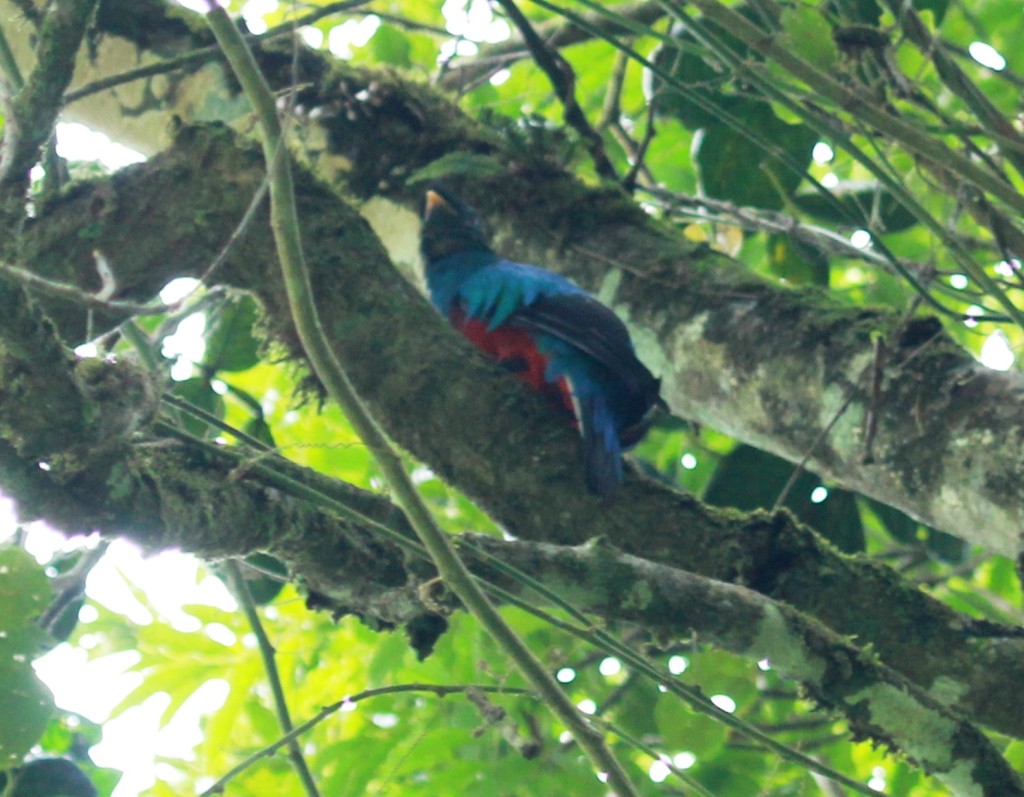
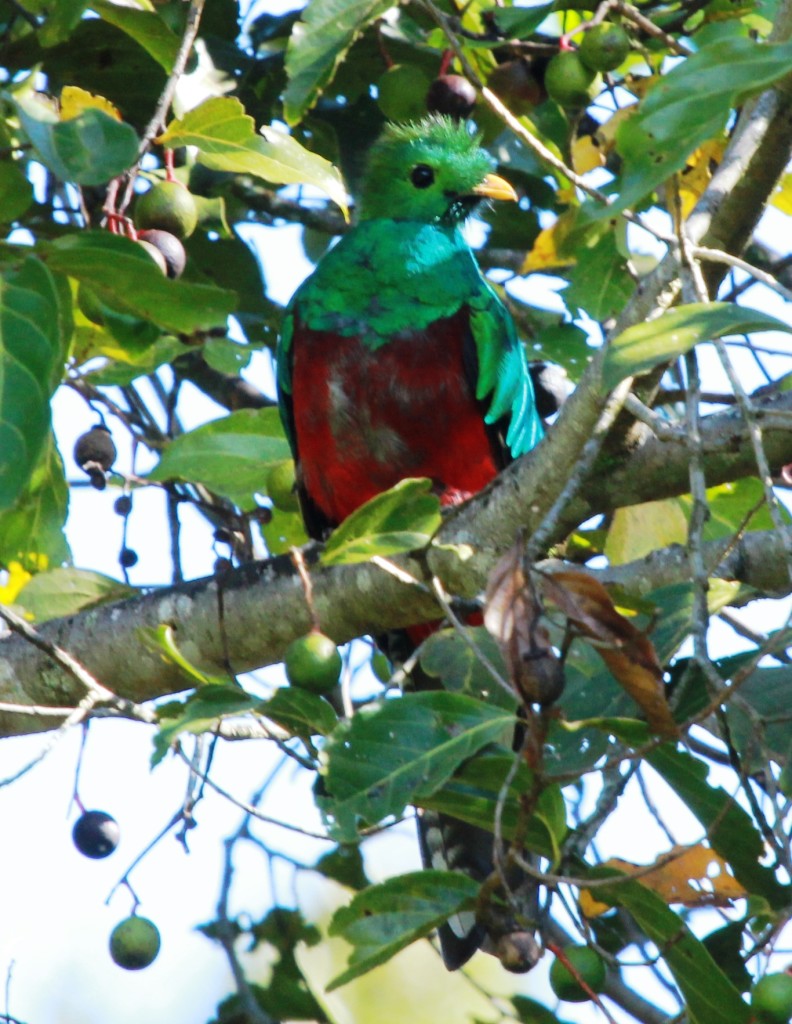 18. Sulphur-winged Parakeet (Pyrrhura hoffmanni) – seen at Savegre, Costa Rica, August 2013
18. Sulphur-winged Parakeet (Pyrrhura hoffmanni) – seen at Savegre, Costa Rica, August 2013
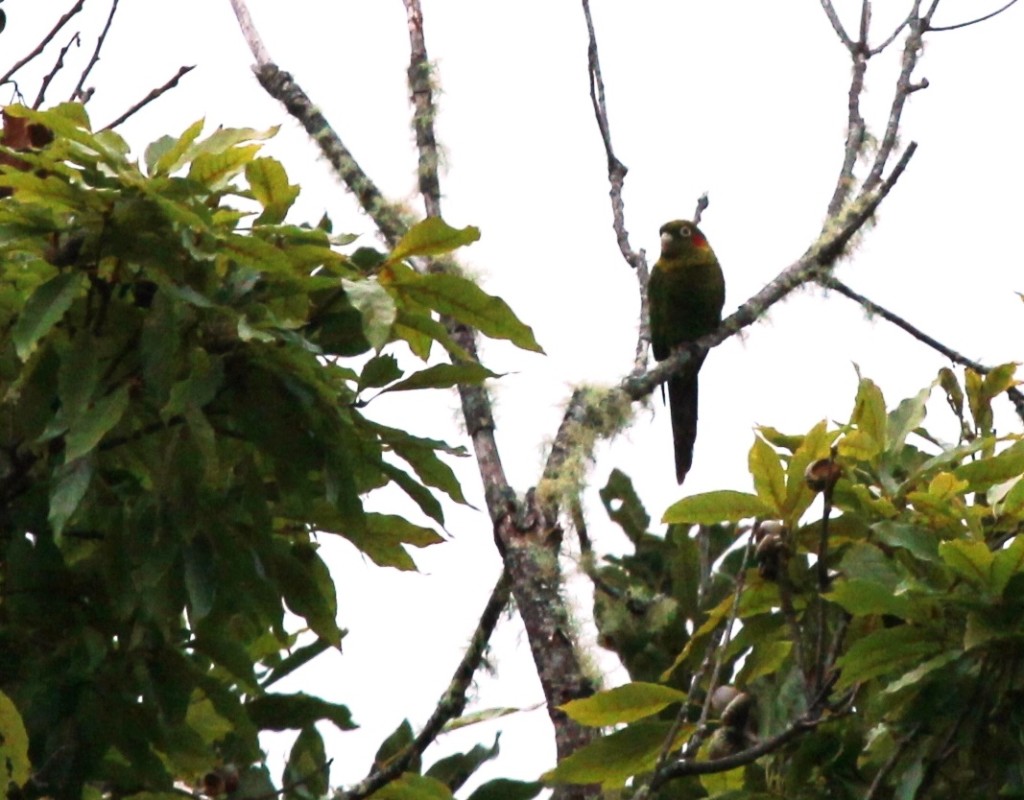
I haven’t started the India & Sri Lanka series yet, we only got back a few weeks ago and I have been playing catch-up. These birds will be covered first thing in the New Year. The photos are a sneak-peek!
19. Malabar Parakeet (Psittacula columboides) – seen in Coorg, India; Nov. 2013. This time there were only fleeting glimpses of a flock flying overhead so the photo is one I took in 2011 in Kerala.
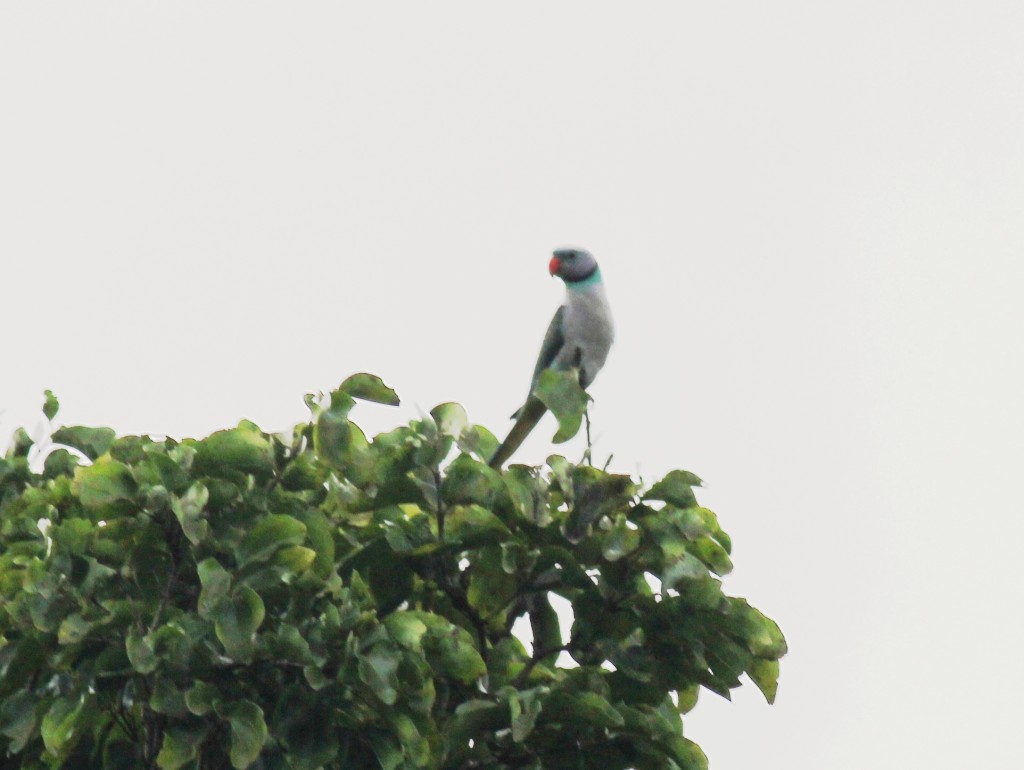 20. White-throated Kingfisher (Halcyon smyrnensis) – seen at Kithulgala, Sri Lanka. Dec 2013.
20. White-throated Kingfisher (Halcyon smyrnensis) – seen at Kithulgala, Sri Lanka. Dec 2013.
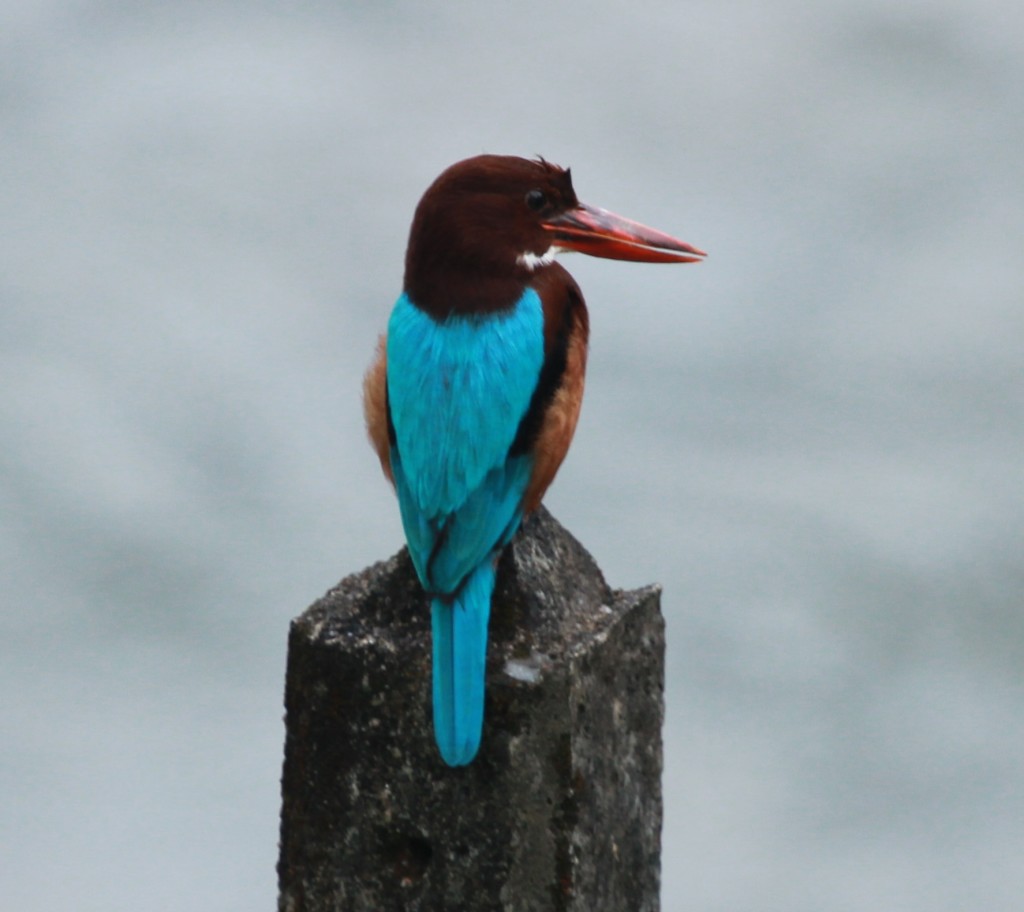
21. Layard’s Parakeet (Psittacula calthropae) – seen at Kithulgala & Sinharaja, Sri Lanka. Dec 2013. They were swift flyers and refused to perch & pose.
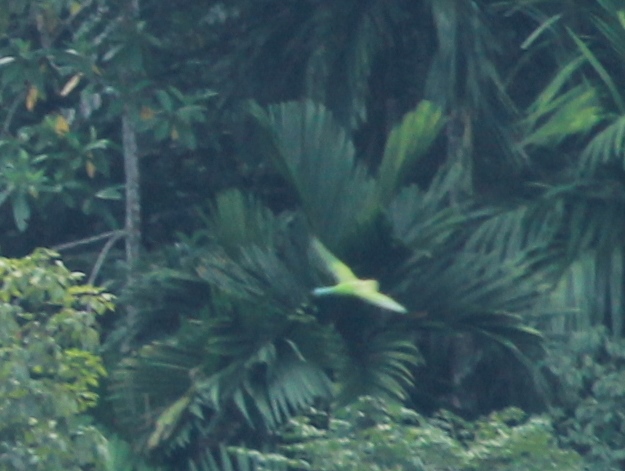
22. Sri Lanka Hanging Parrot (Loriculus beryllinus) – seen at Kithulgala, Sri Lanka. Dec 2013. At least he posed, albeit with the sun behind him!
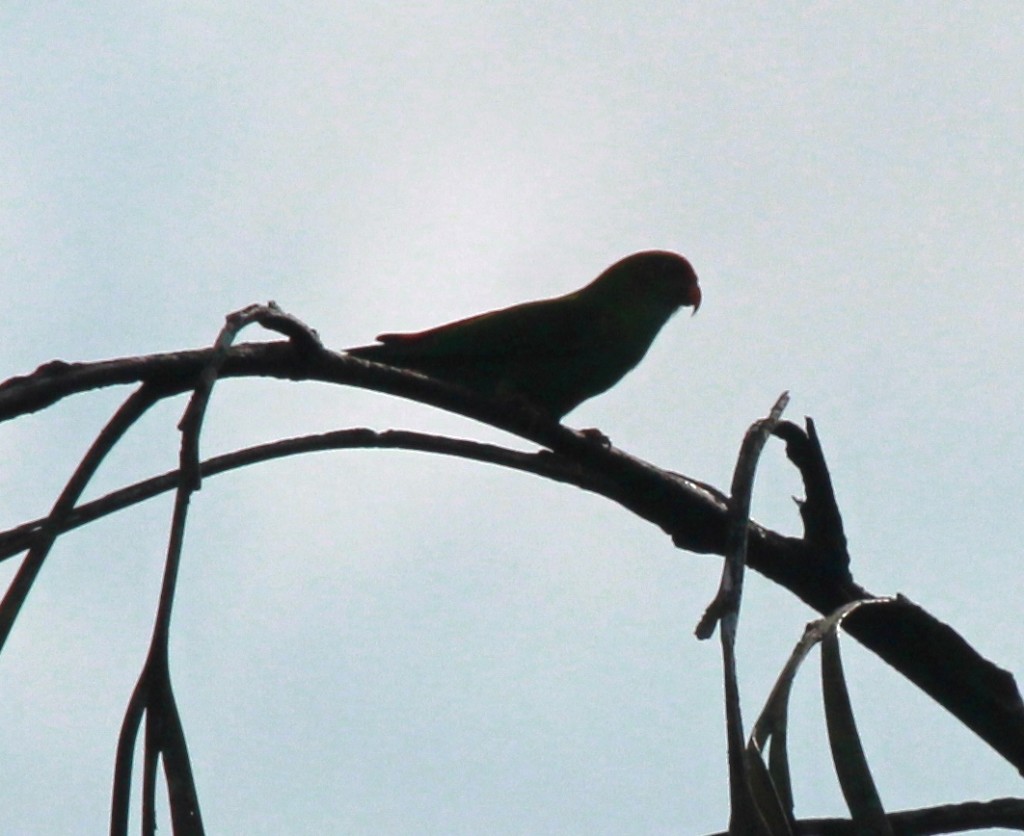
23. Alexandrine Parakeet – (Psittacula eupatria) – seen at Kithulgala & Sinharaja, Sri Lanka. Dec 2013.
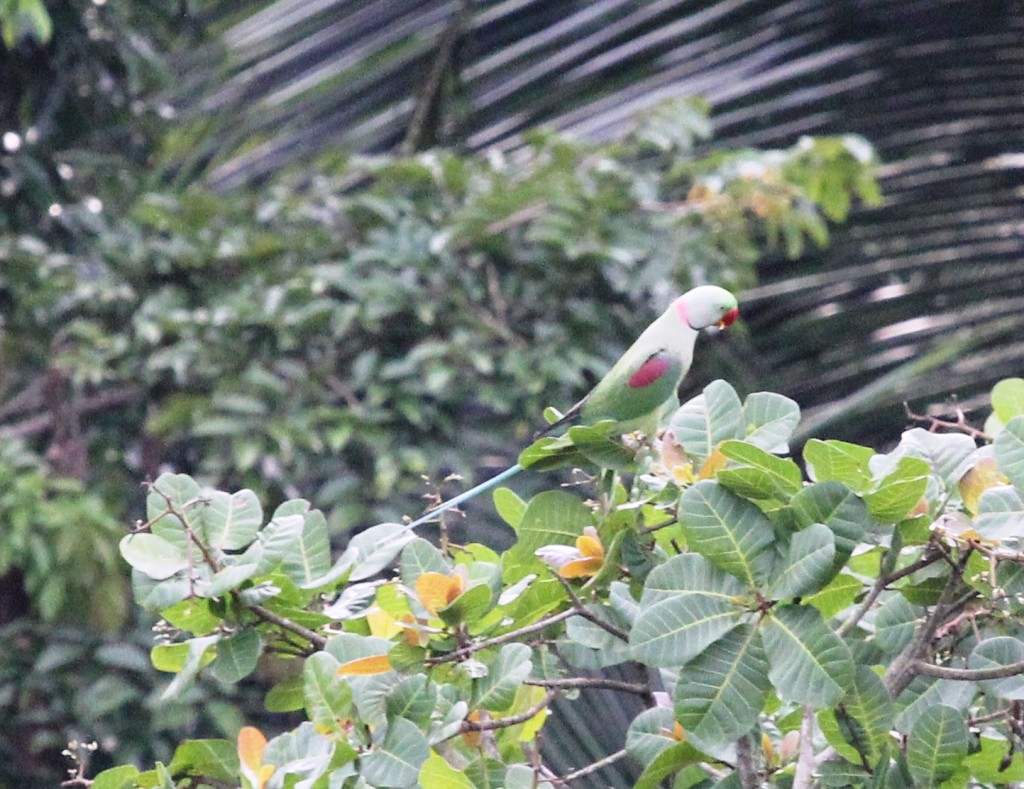
24. Malabar Trogon (Harpactes fasciatus) – seen at Sinharaja, Sri Lanka. Dec 2013. He only let me get one shot before turning his back.
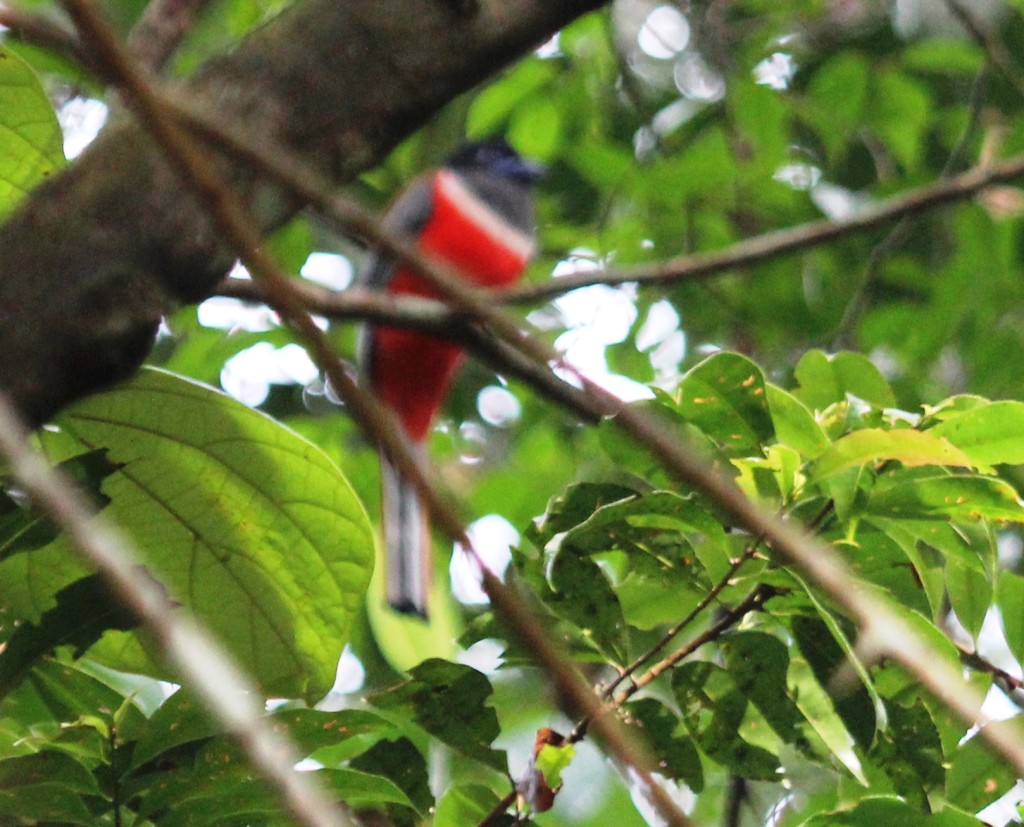
25. Sri Lanka Blue Magpie or Ceylon Magpie (Urocissa ornata) – seen at Sinharaja, Sri Lanka. Dec 2013.
I didn’t get a photo of them since they stayed in the trees so here’s one from Wikipedia.

.






























